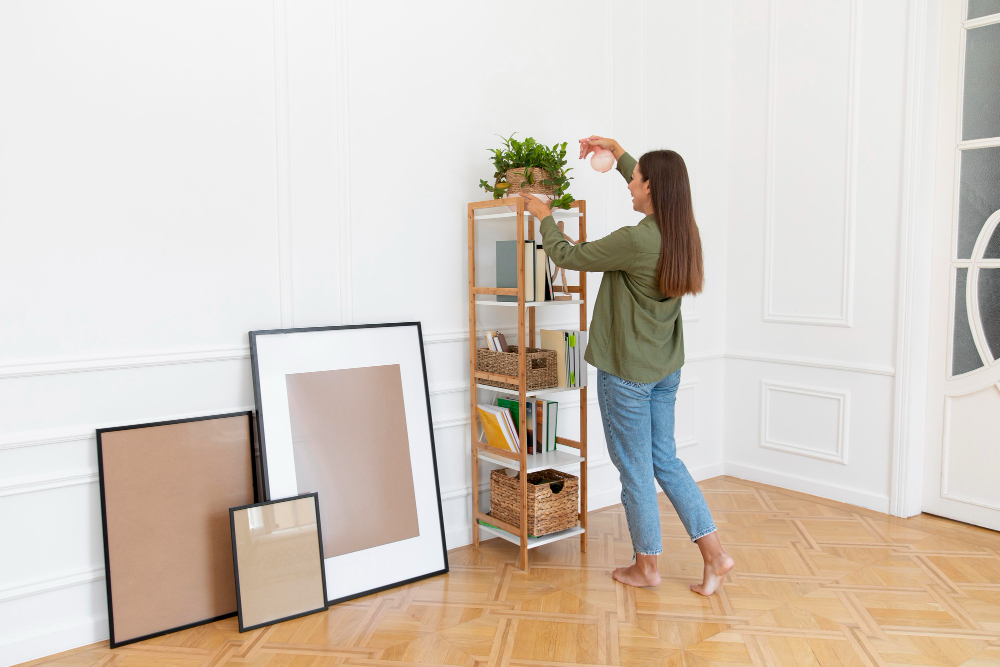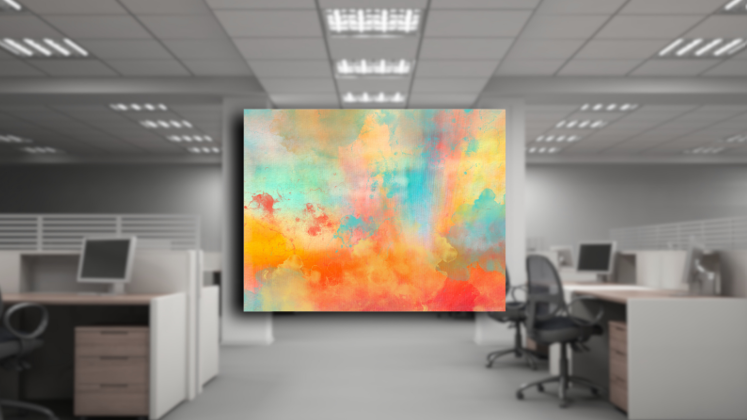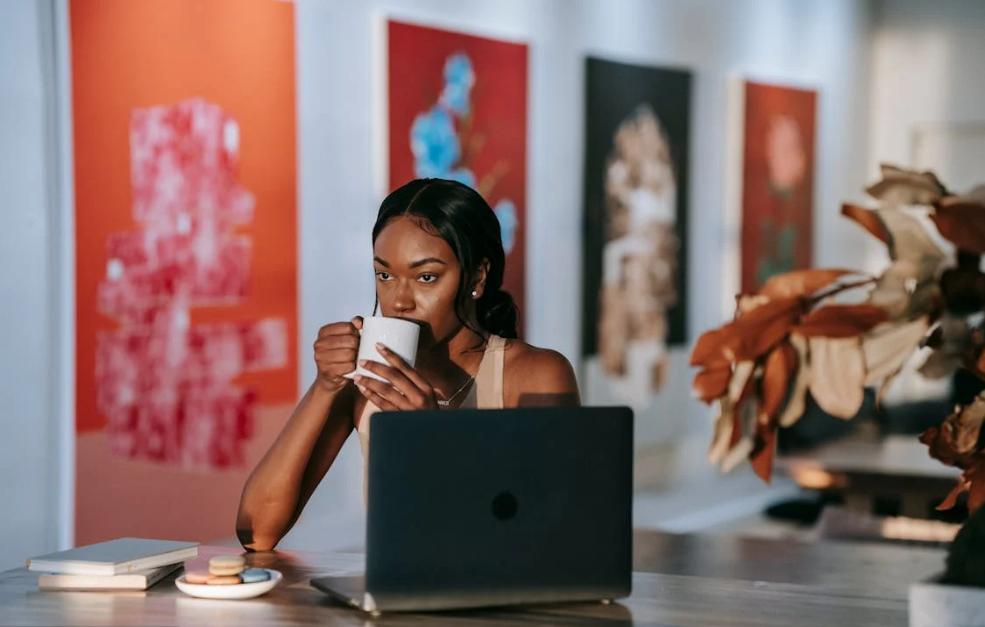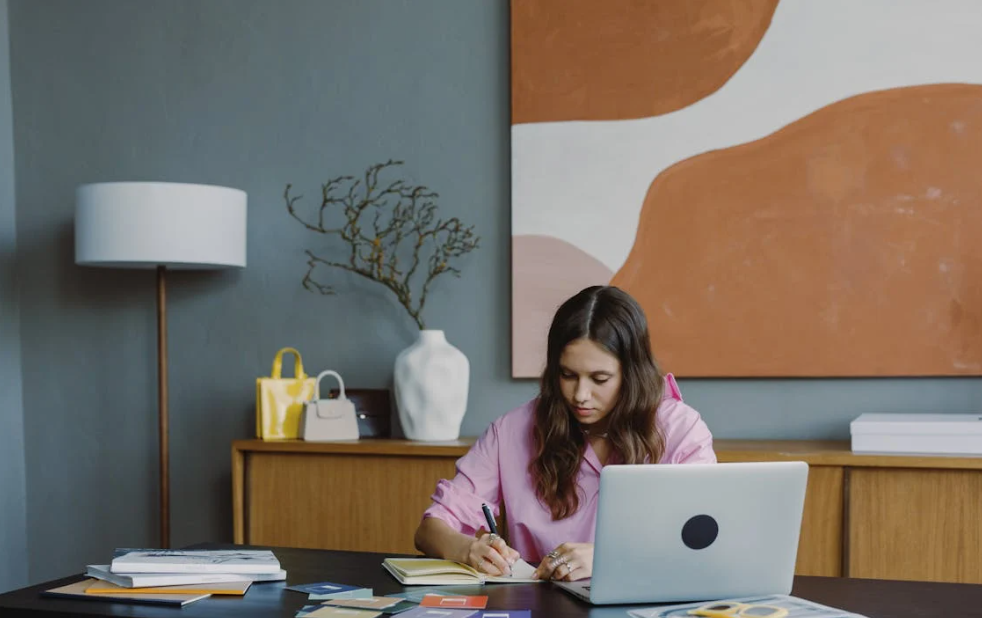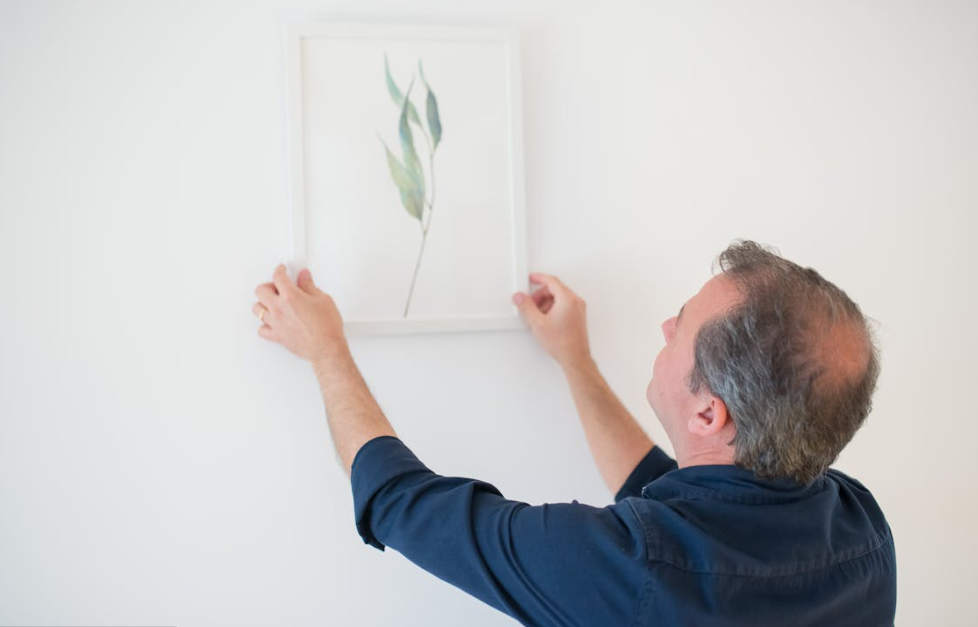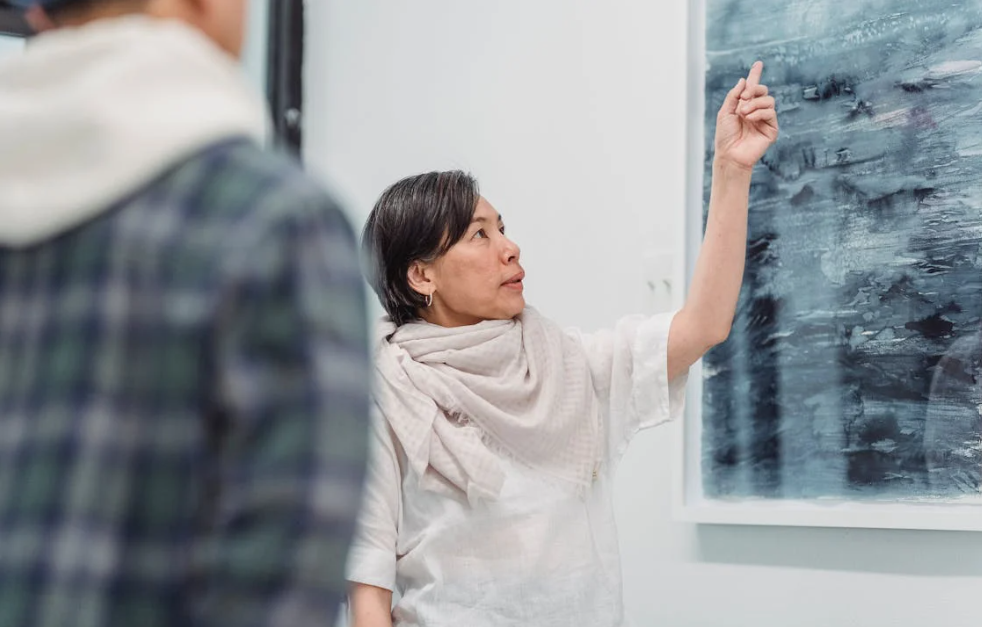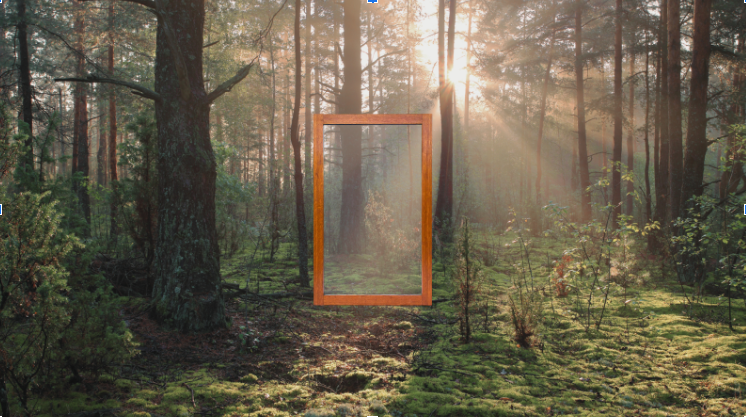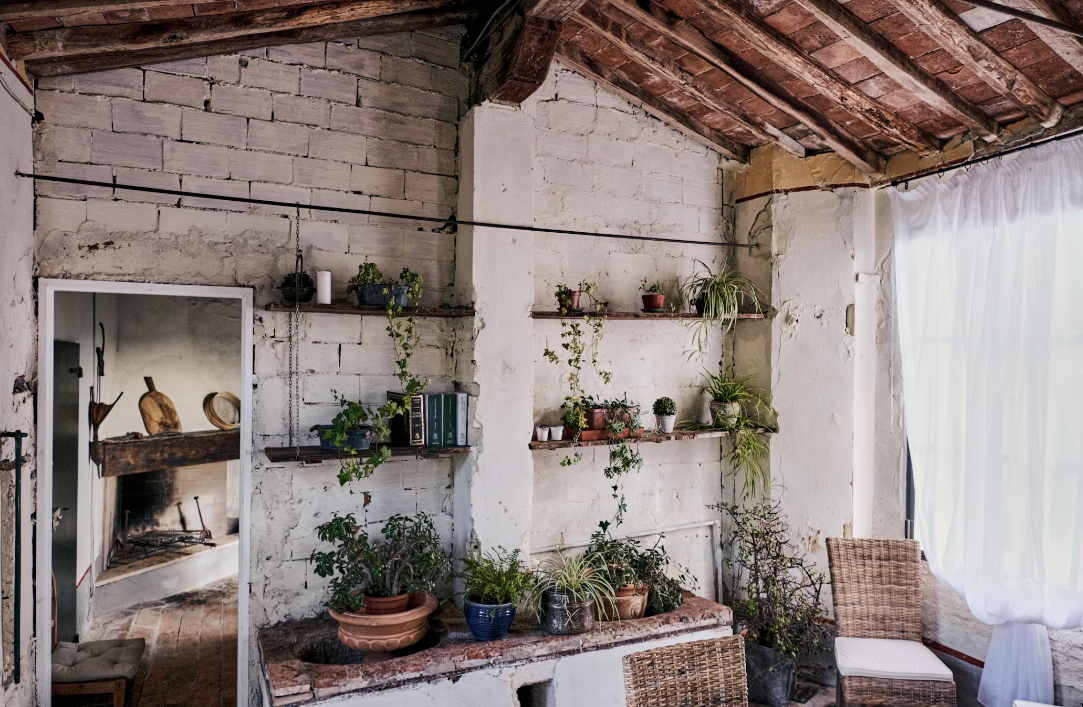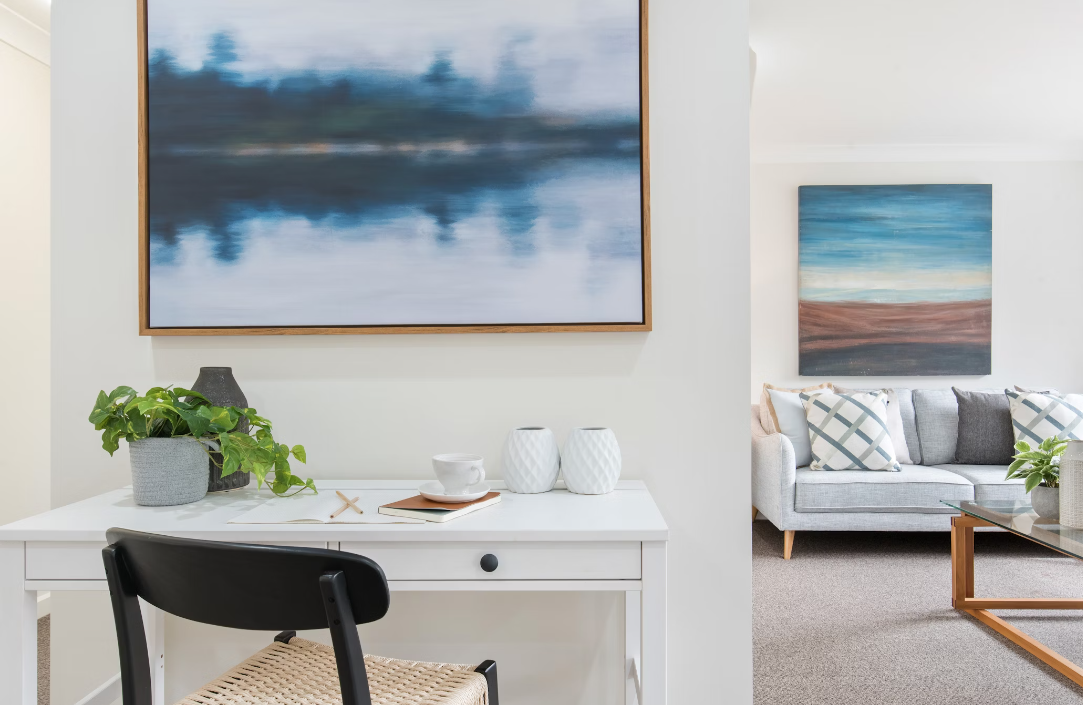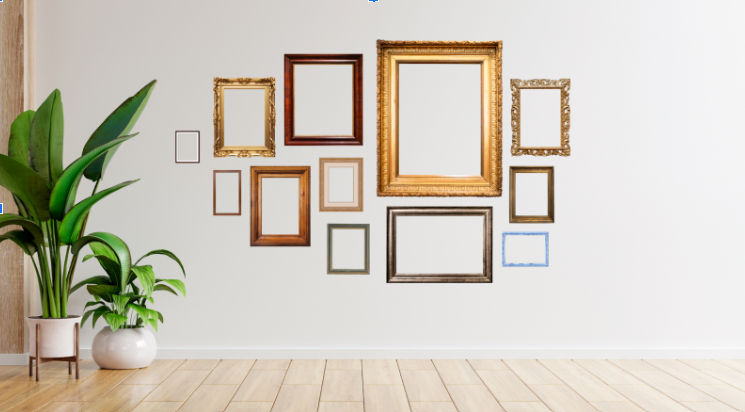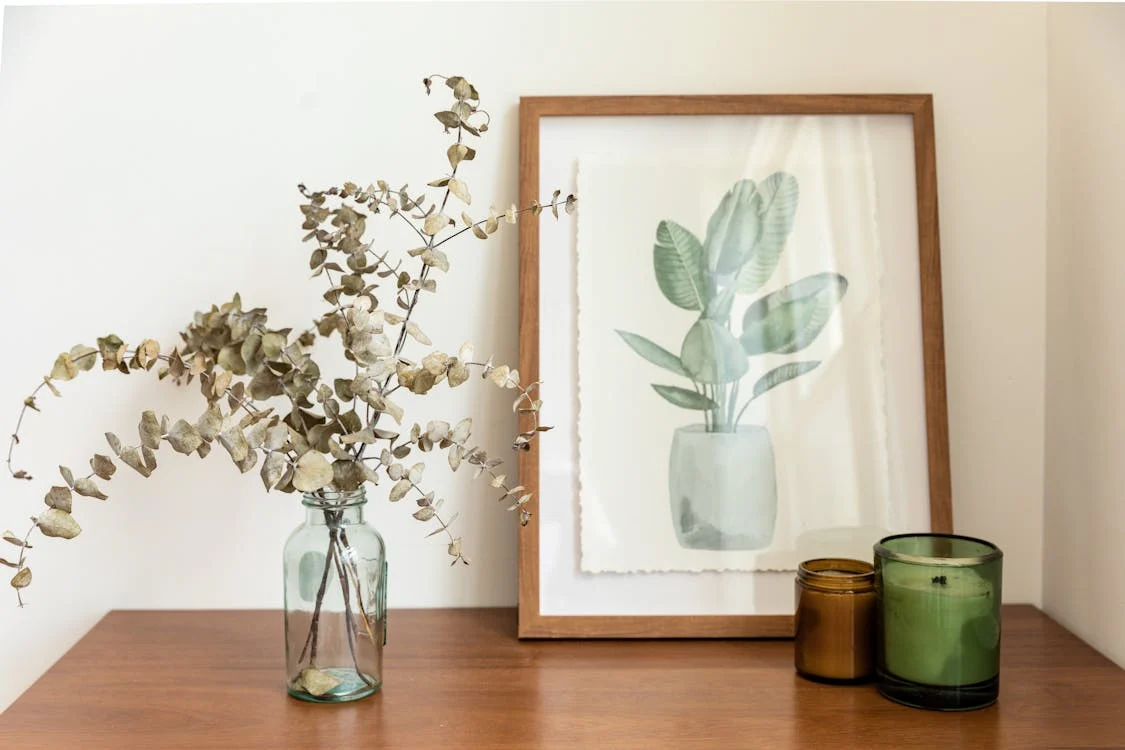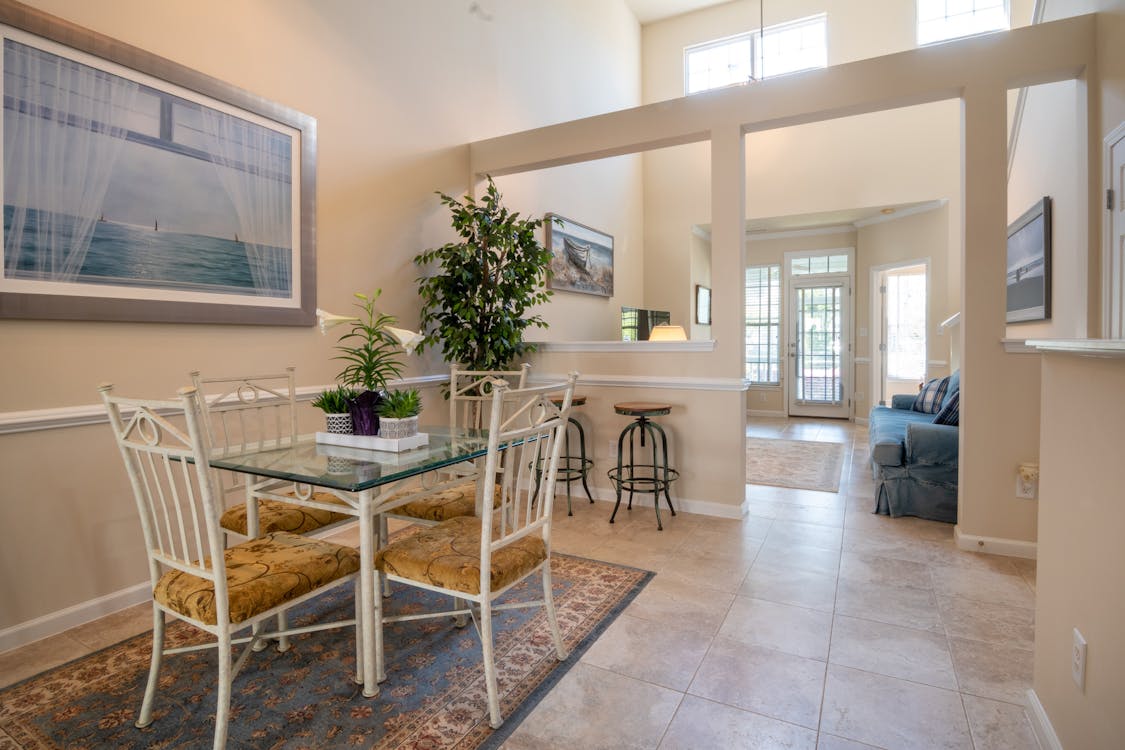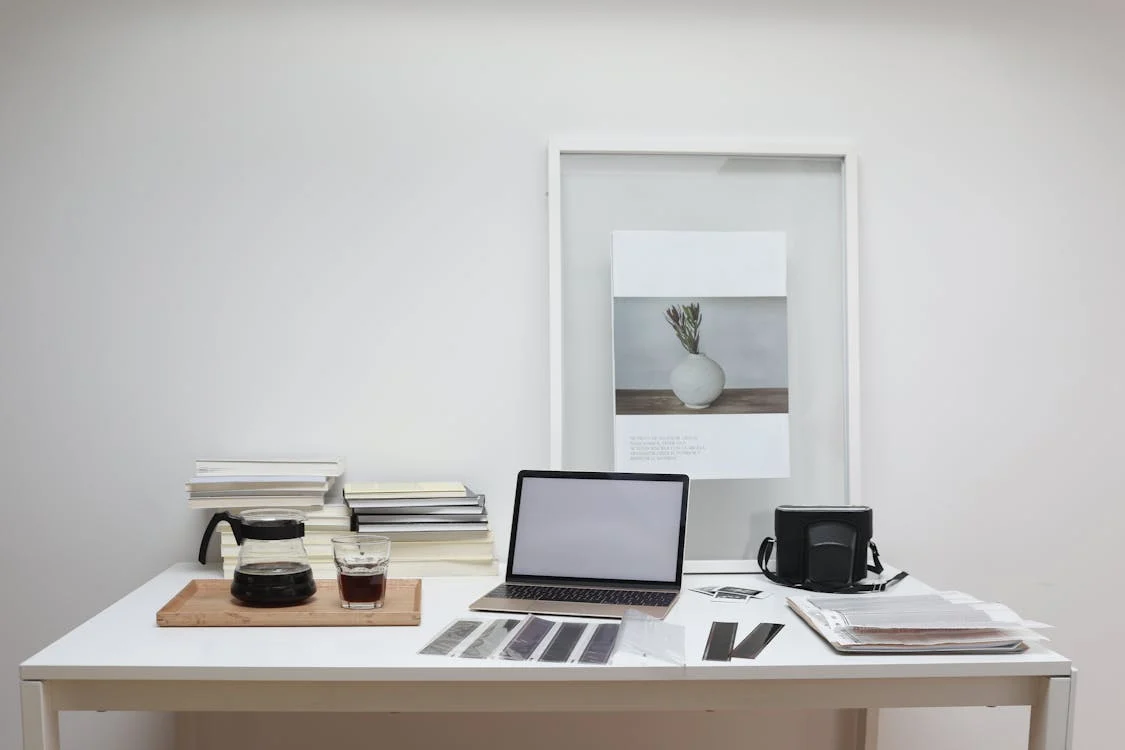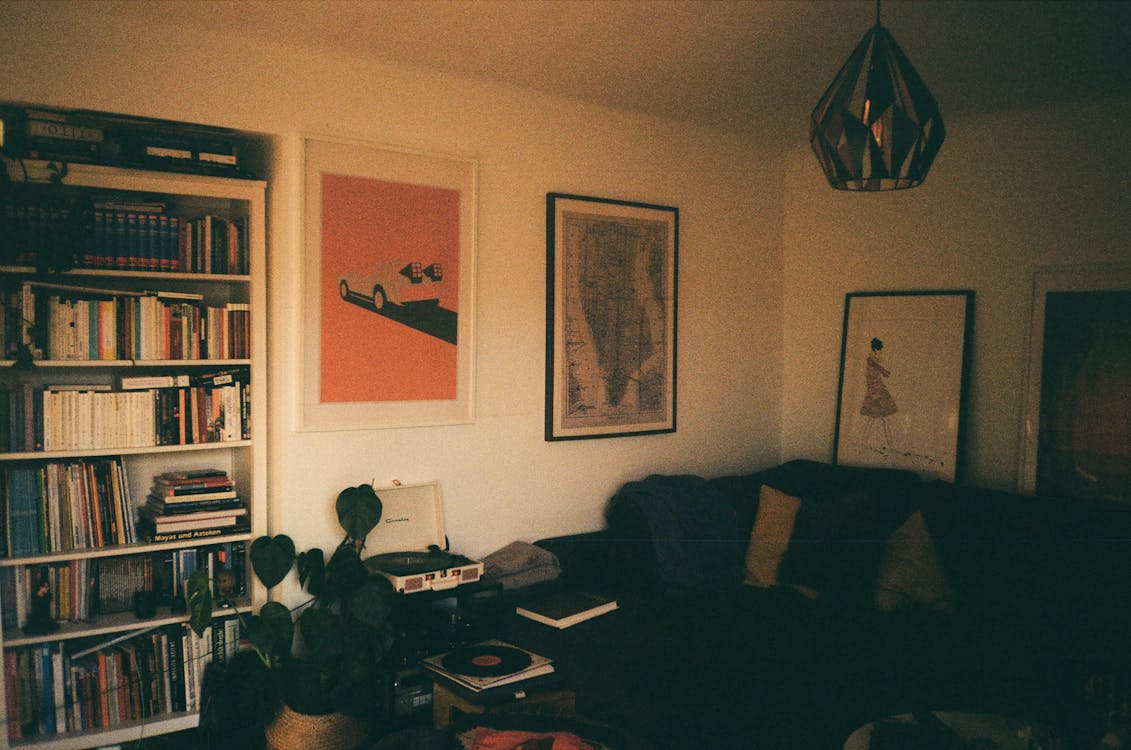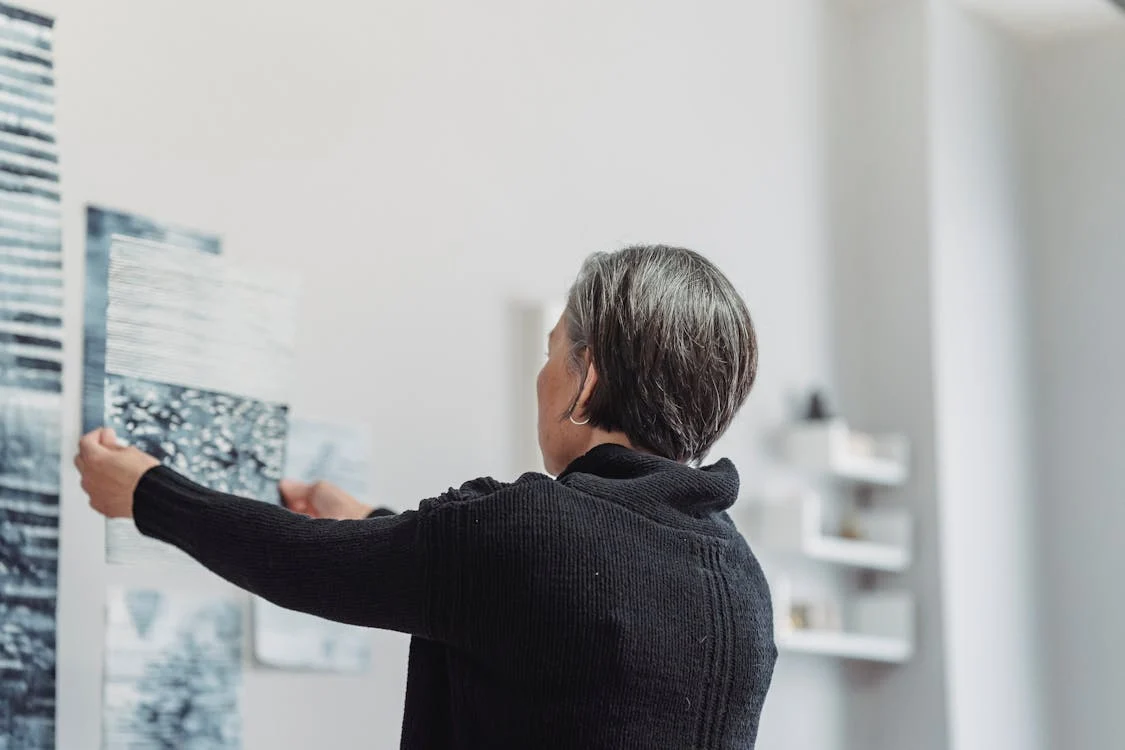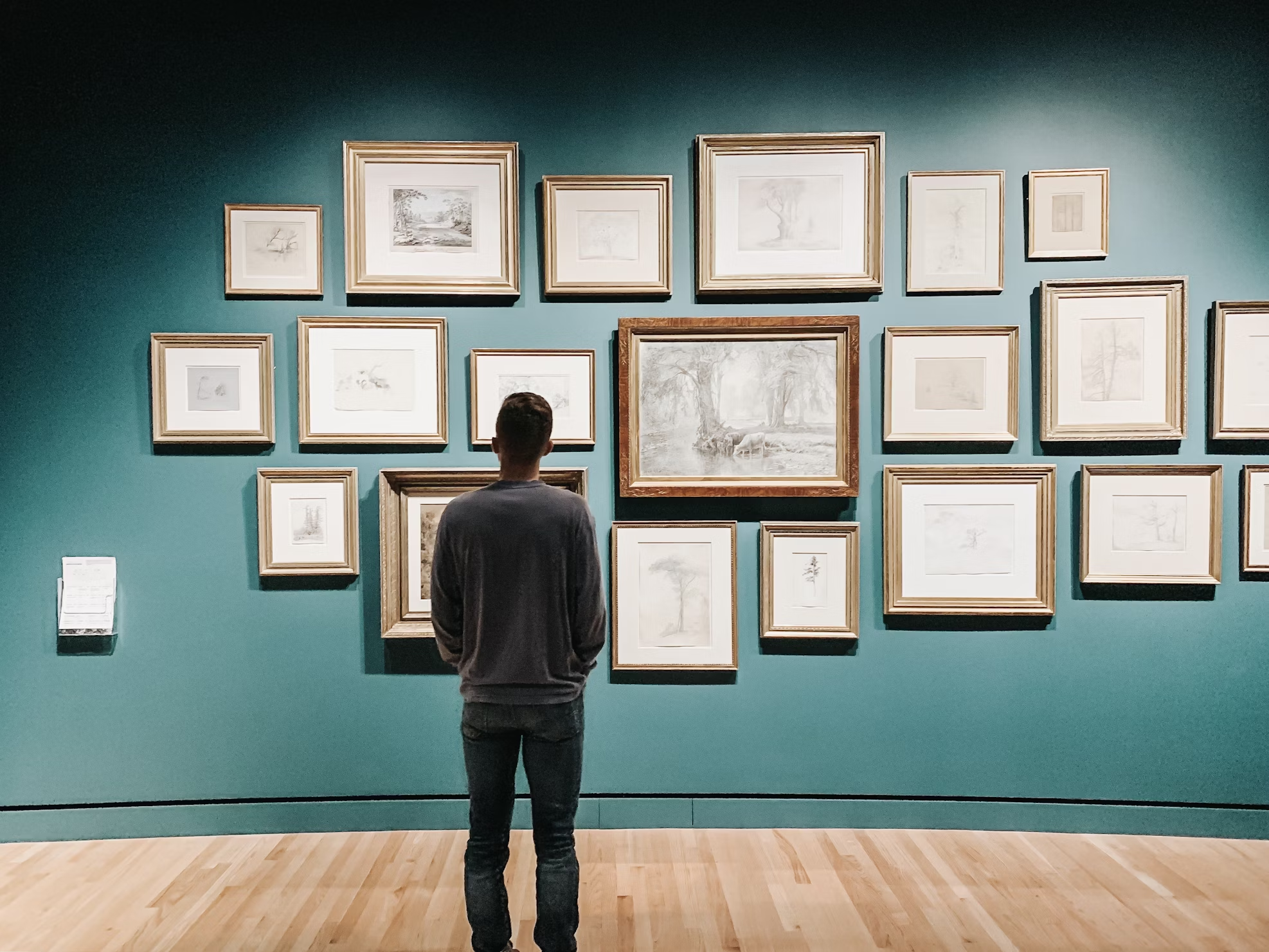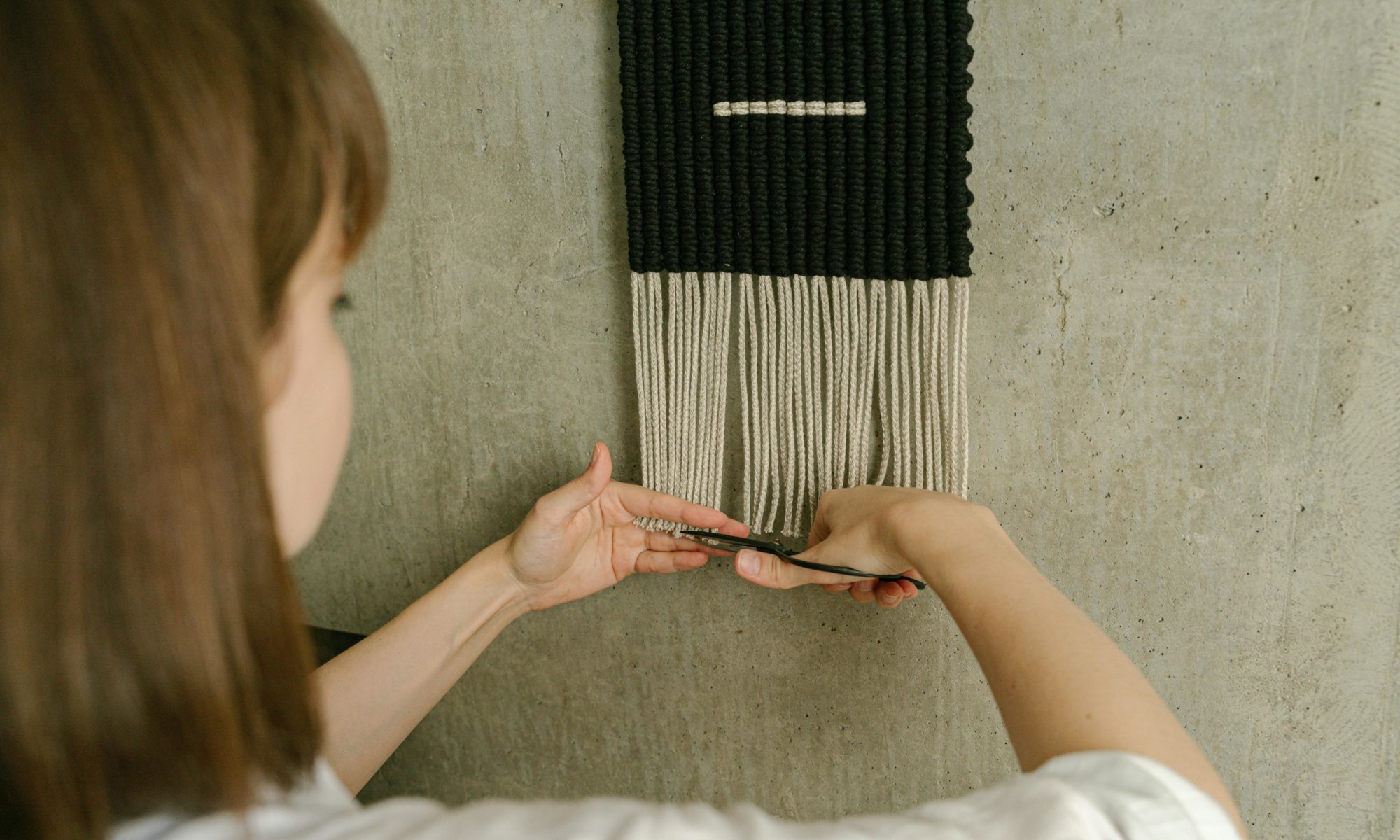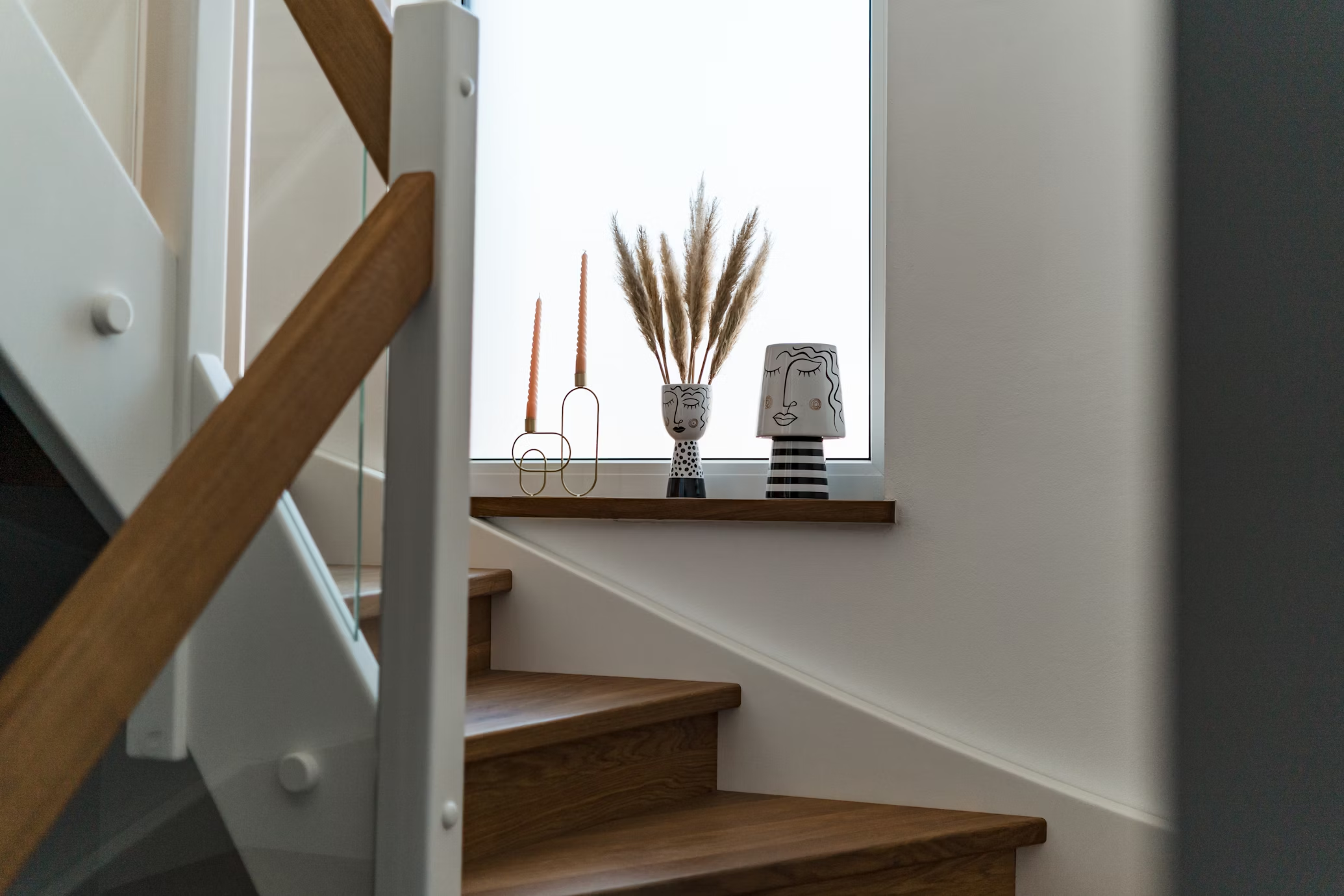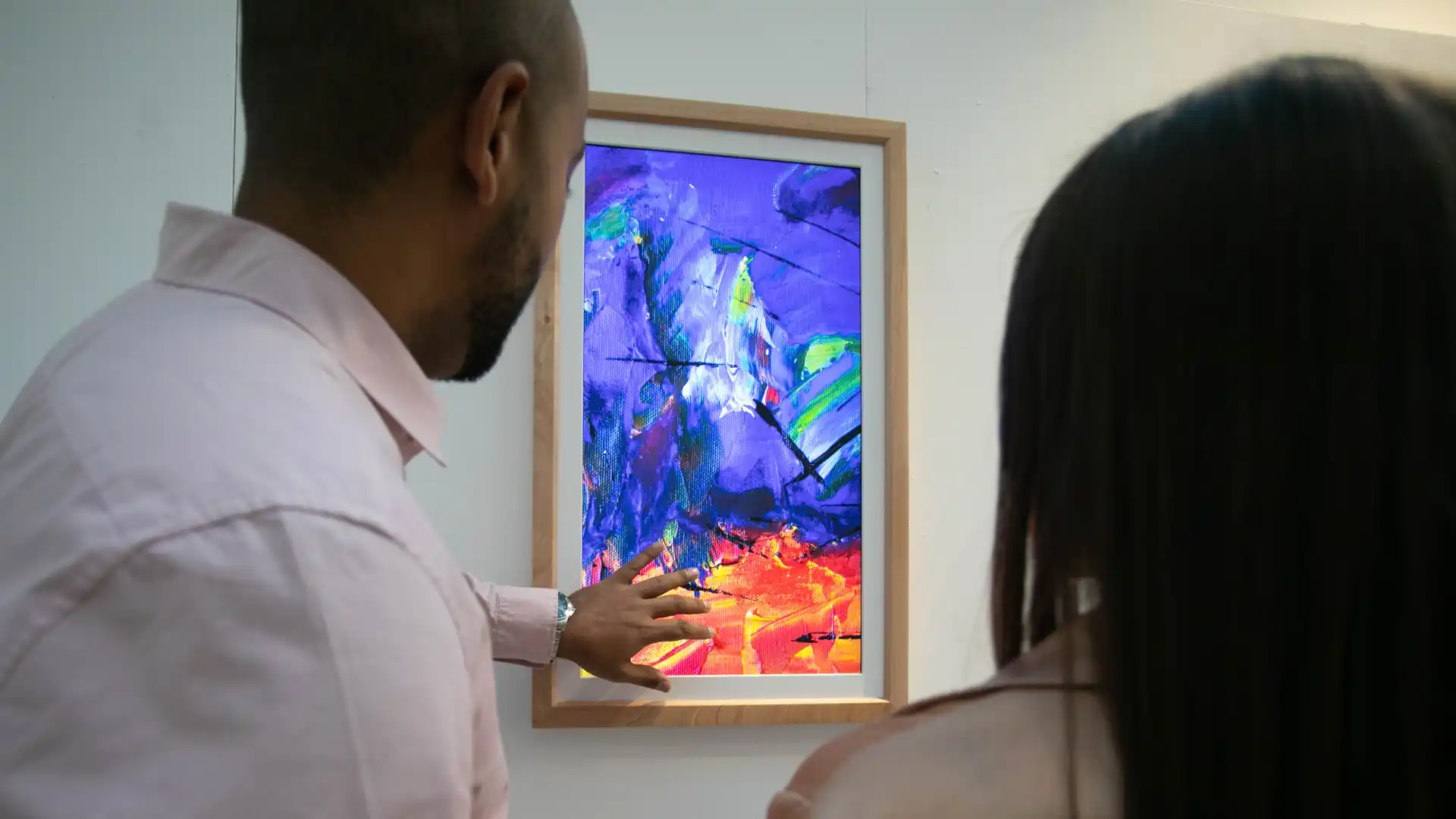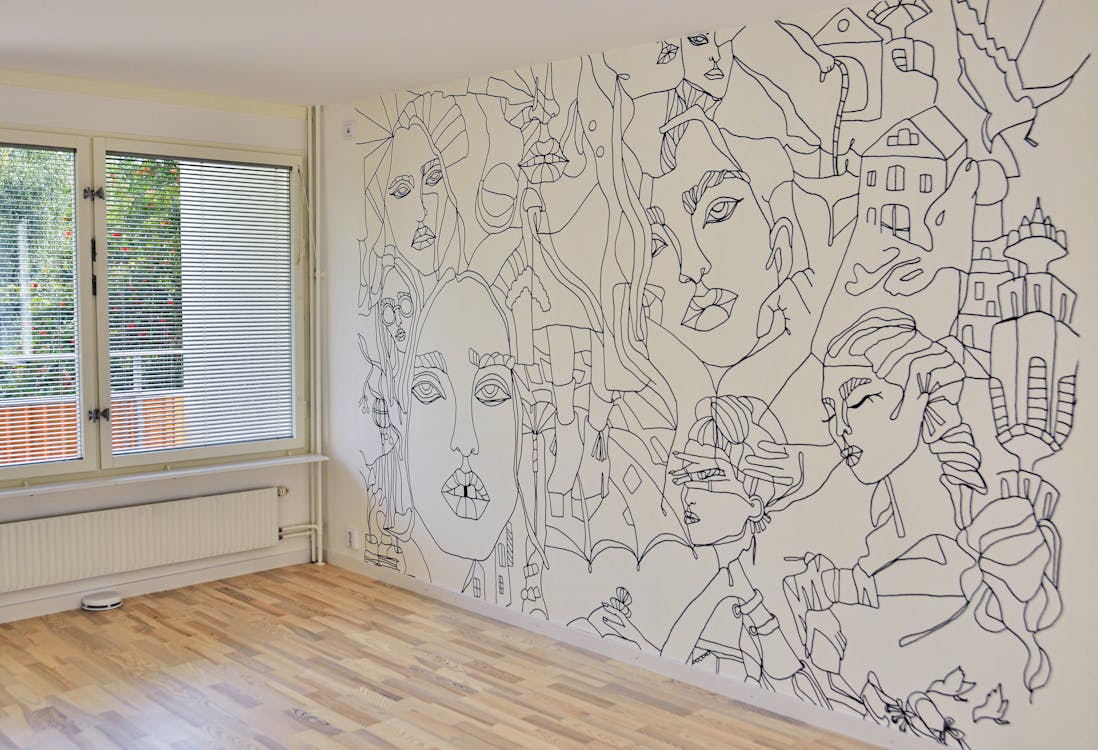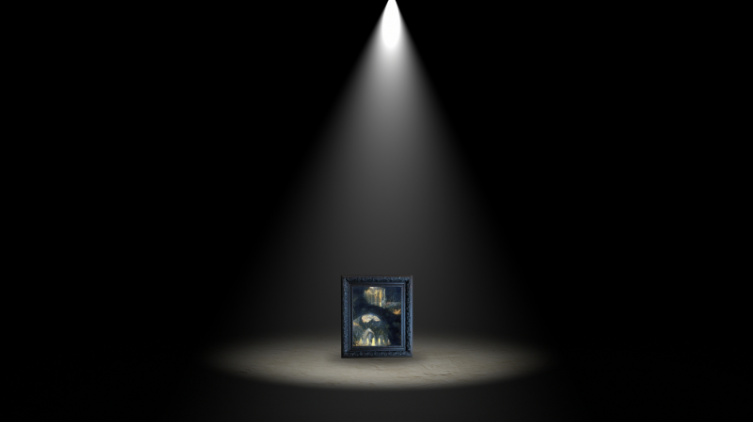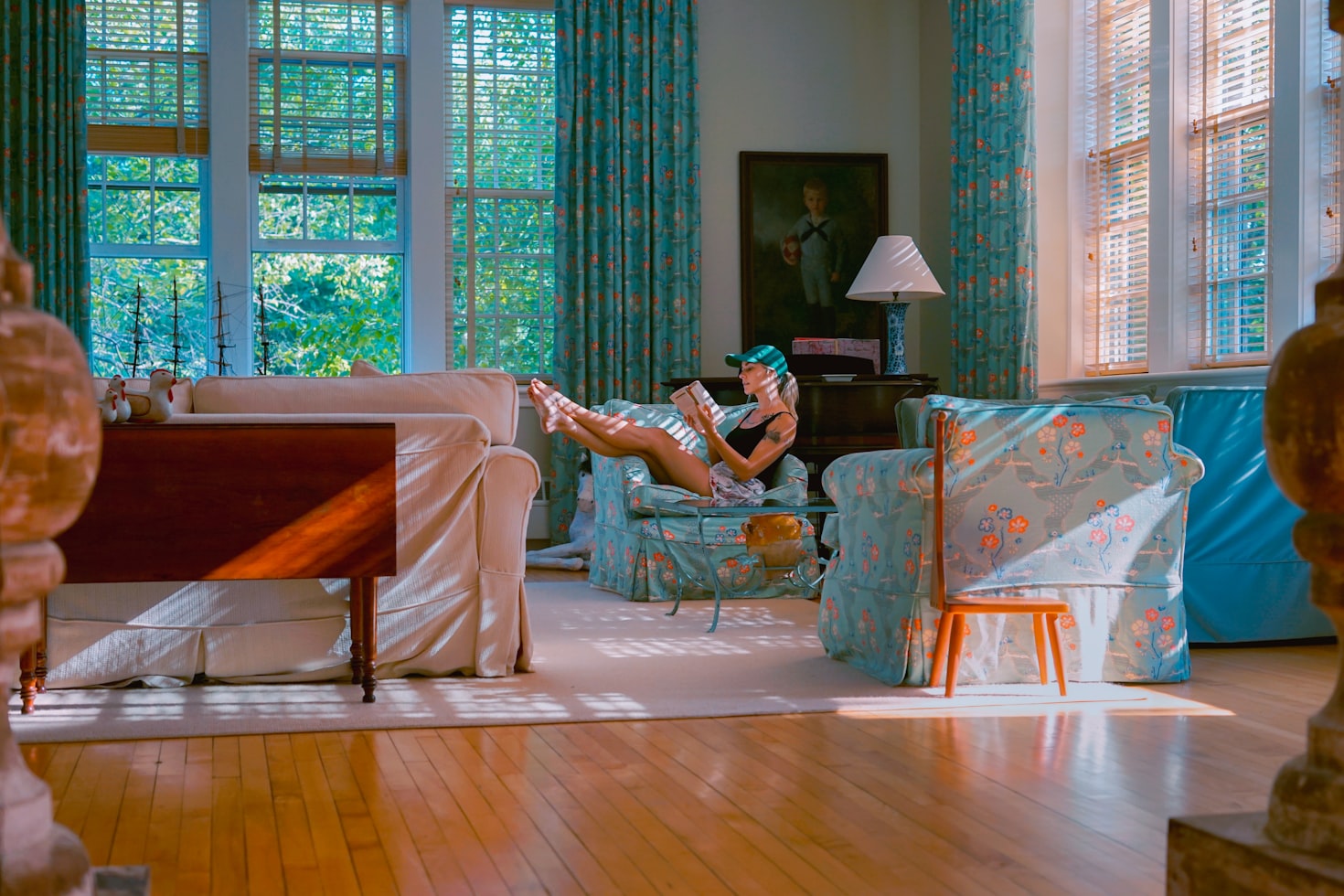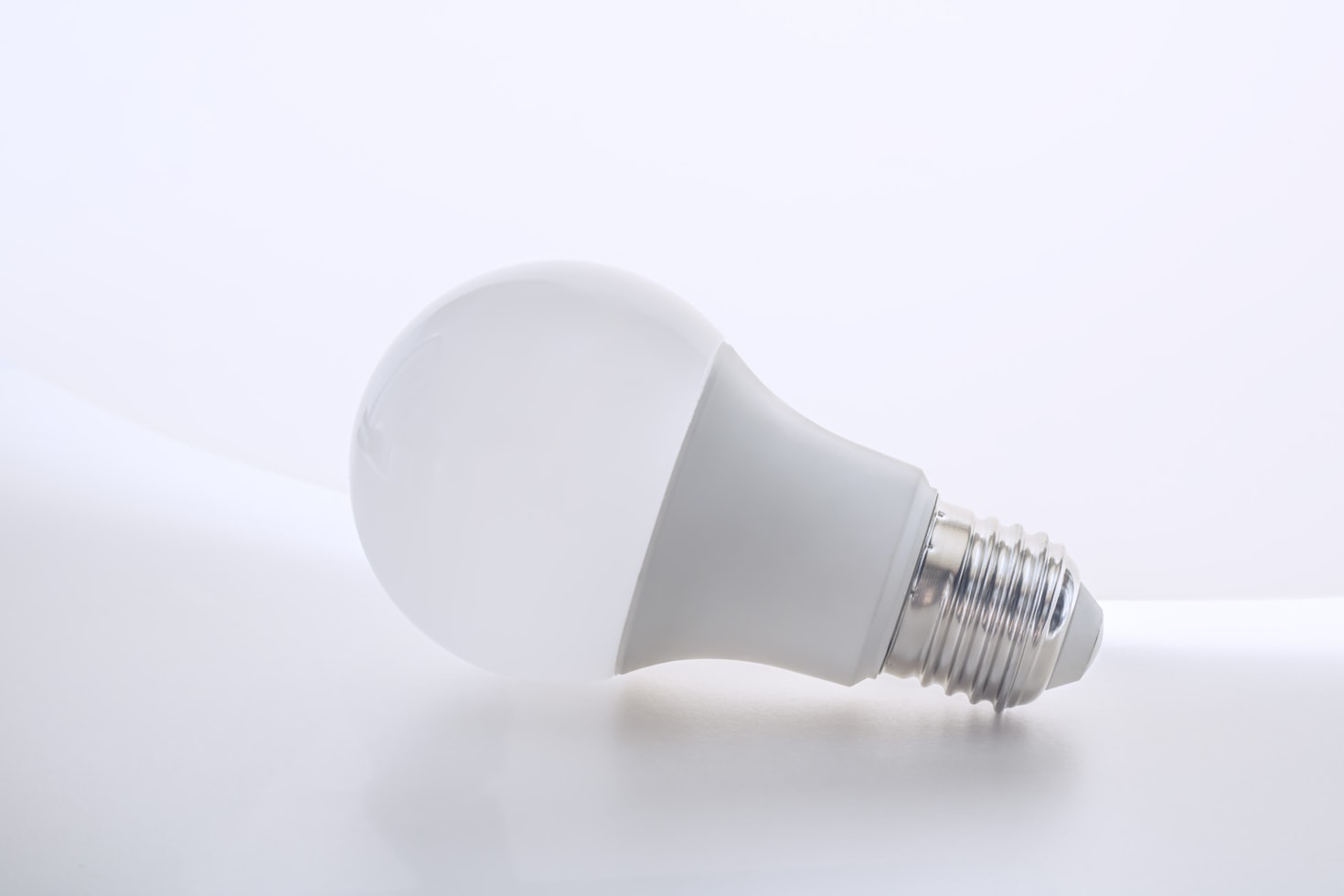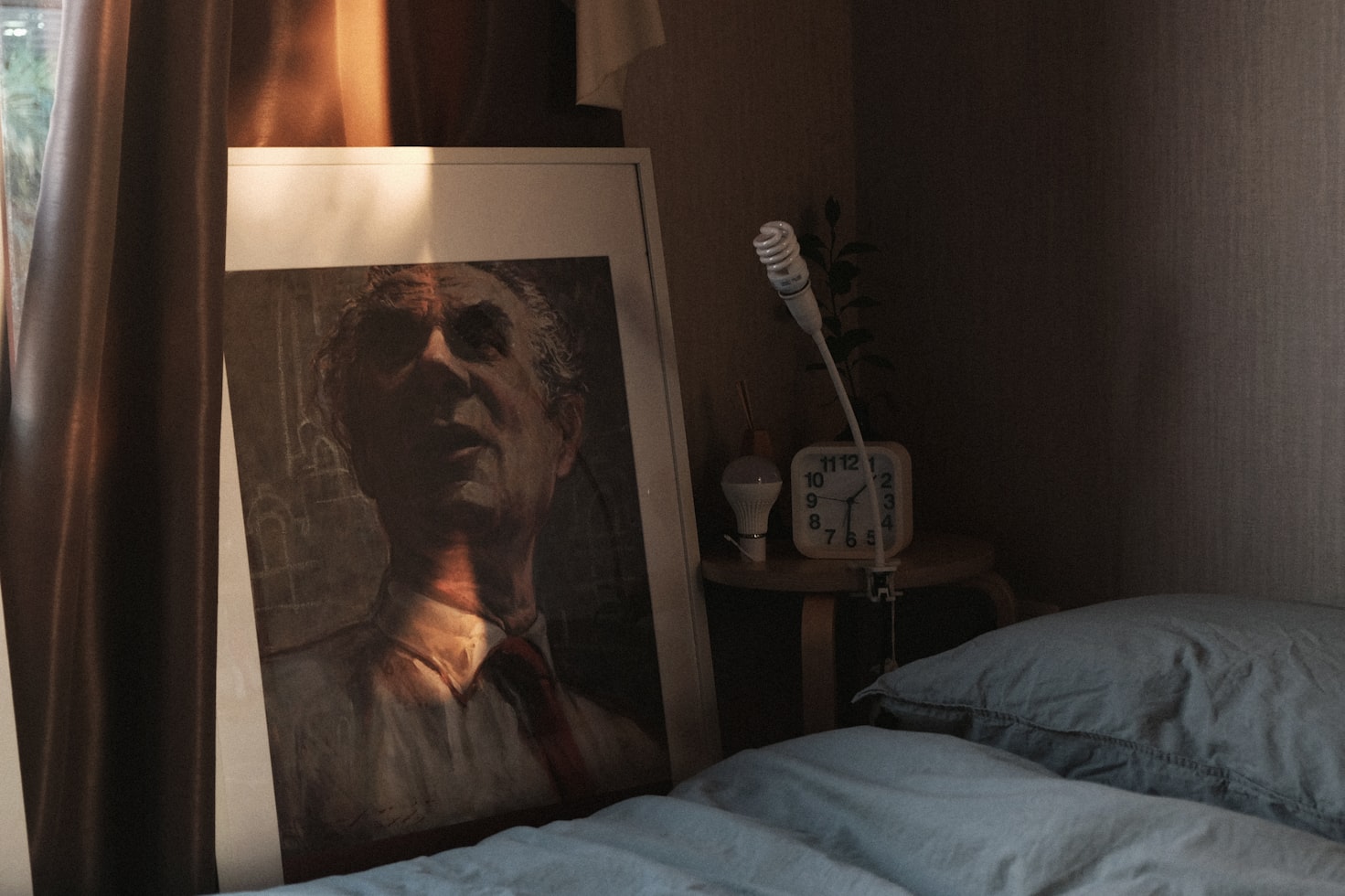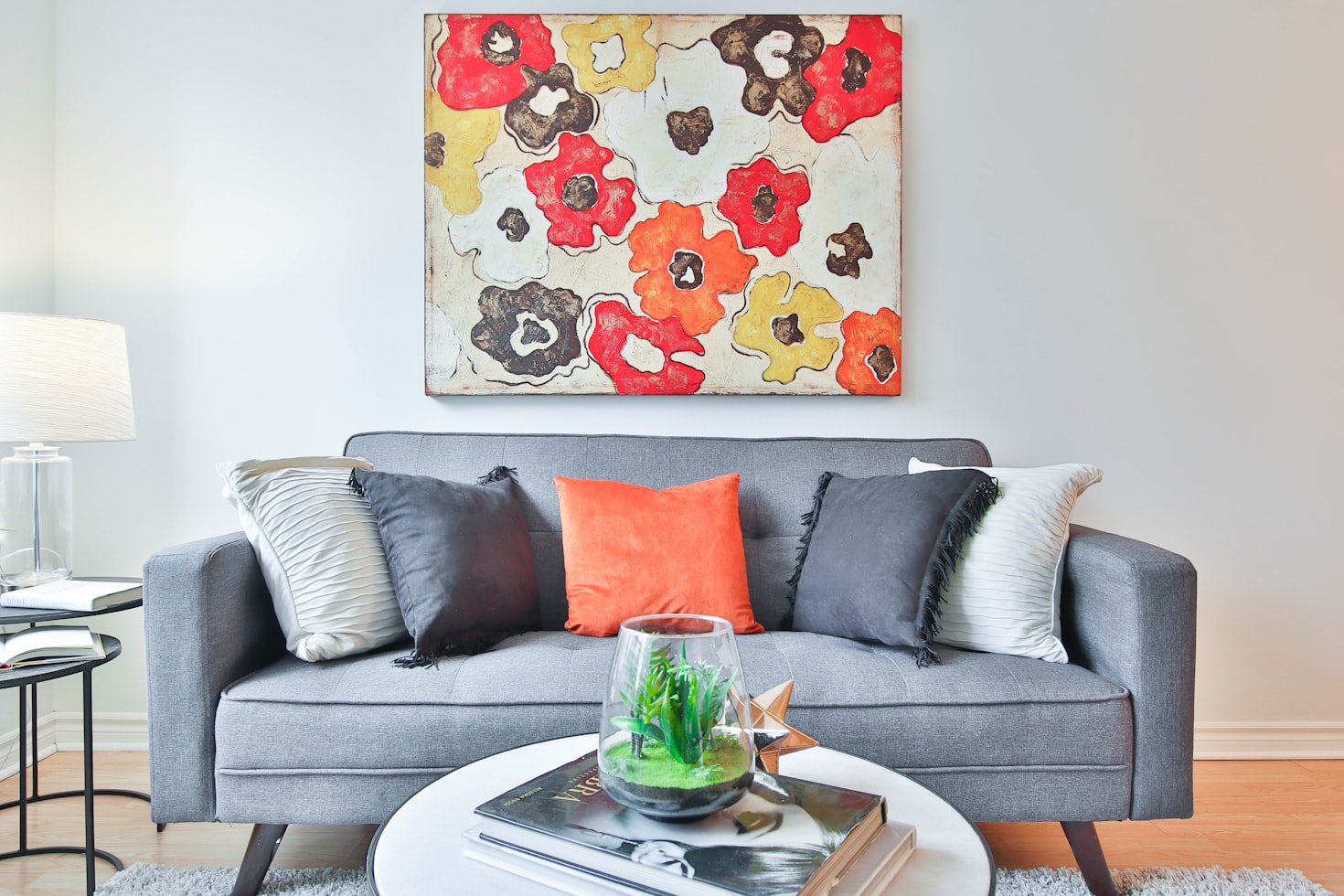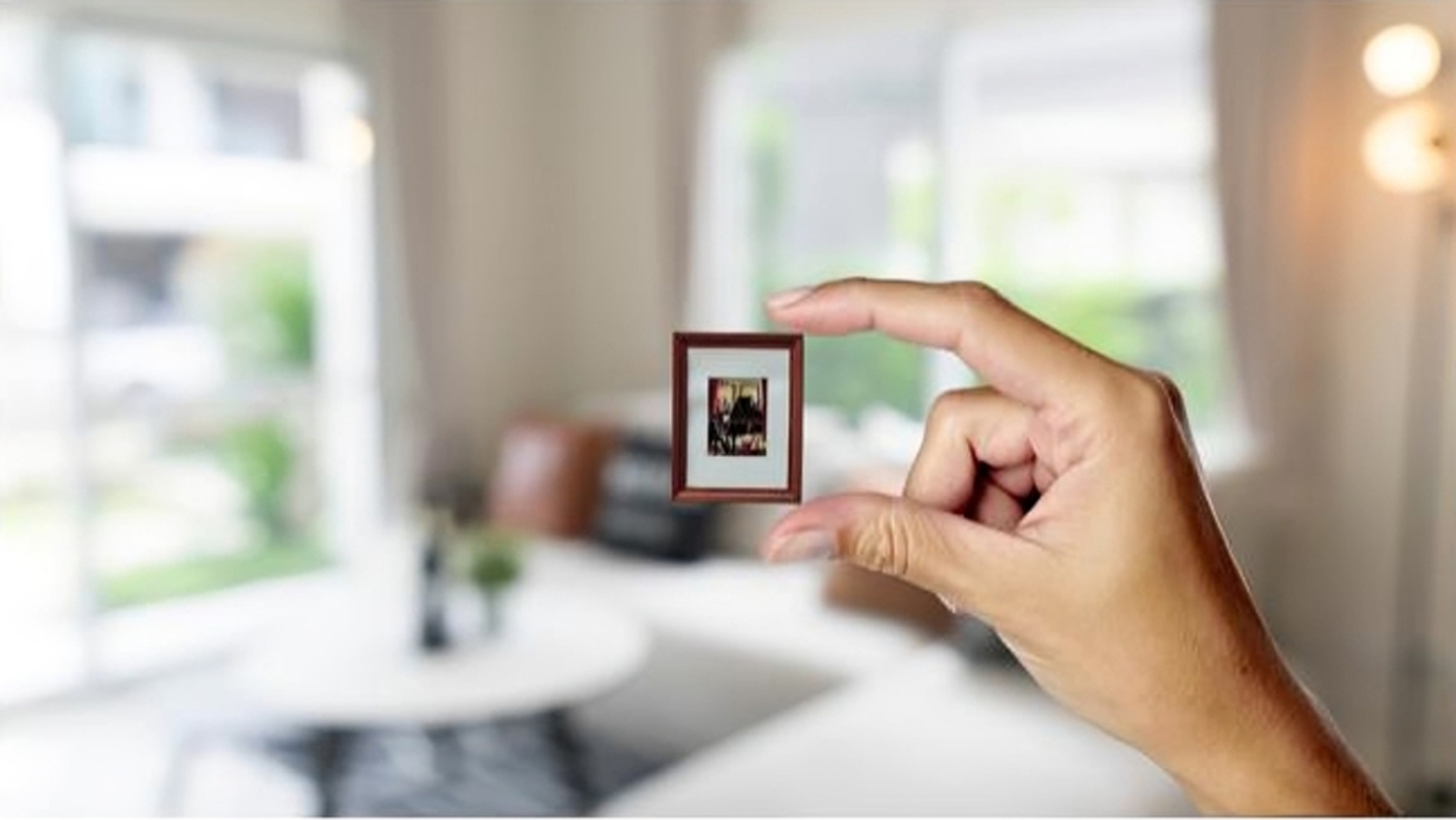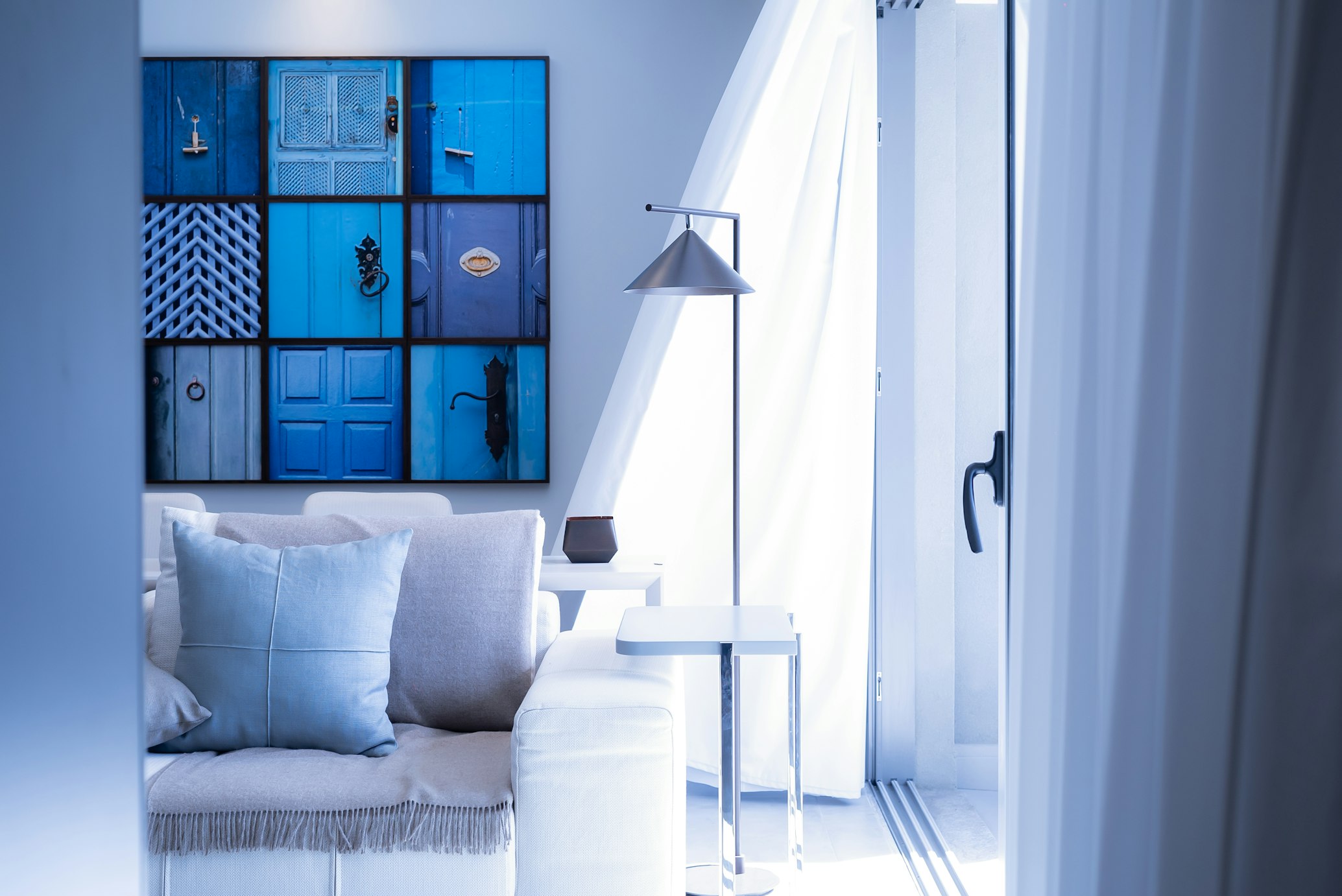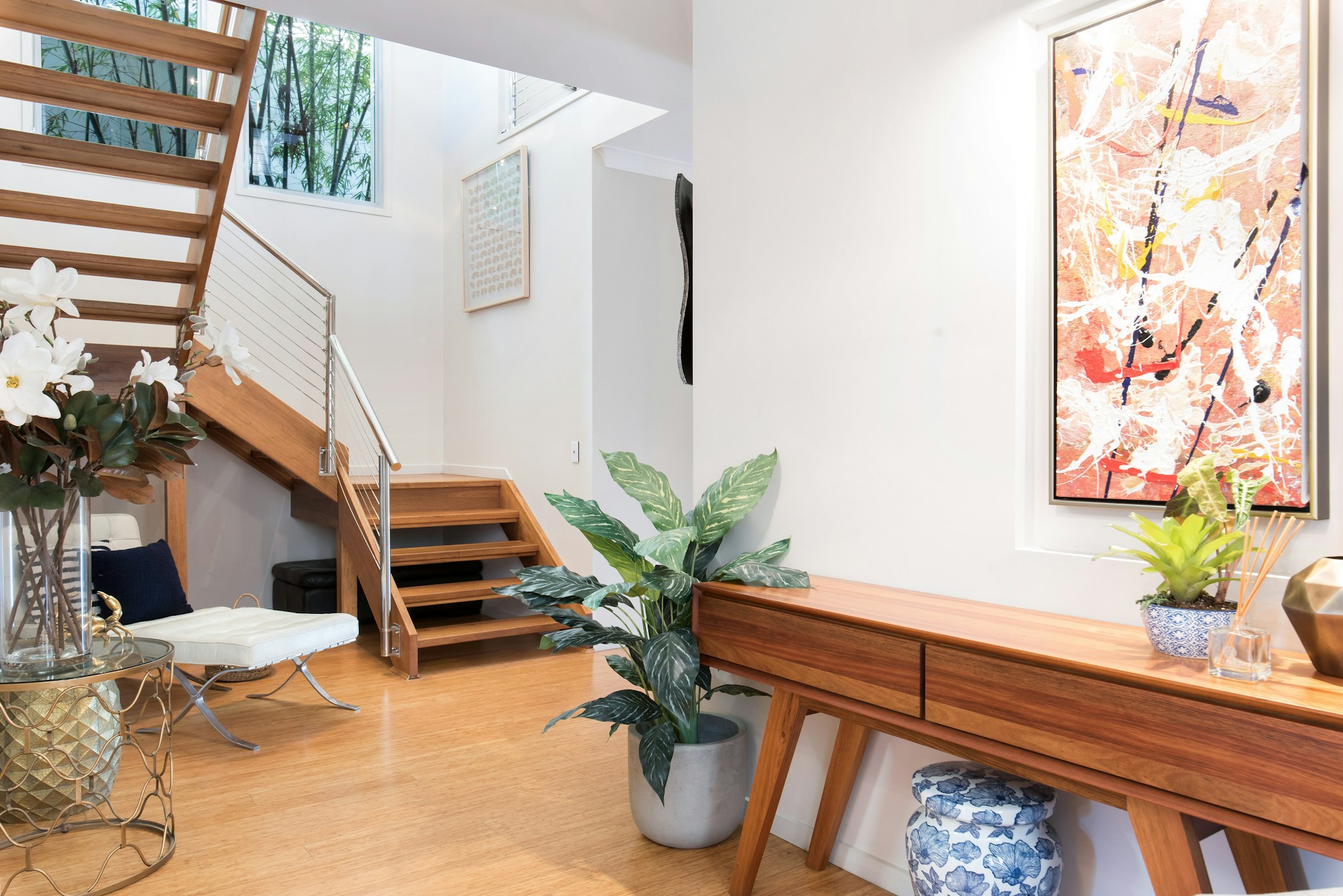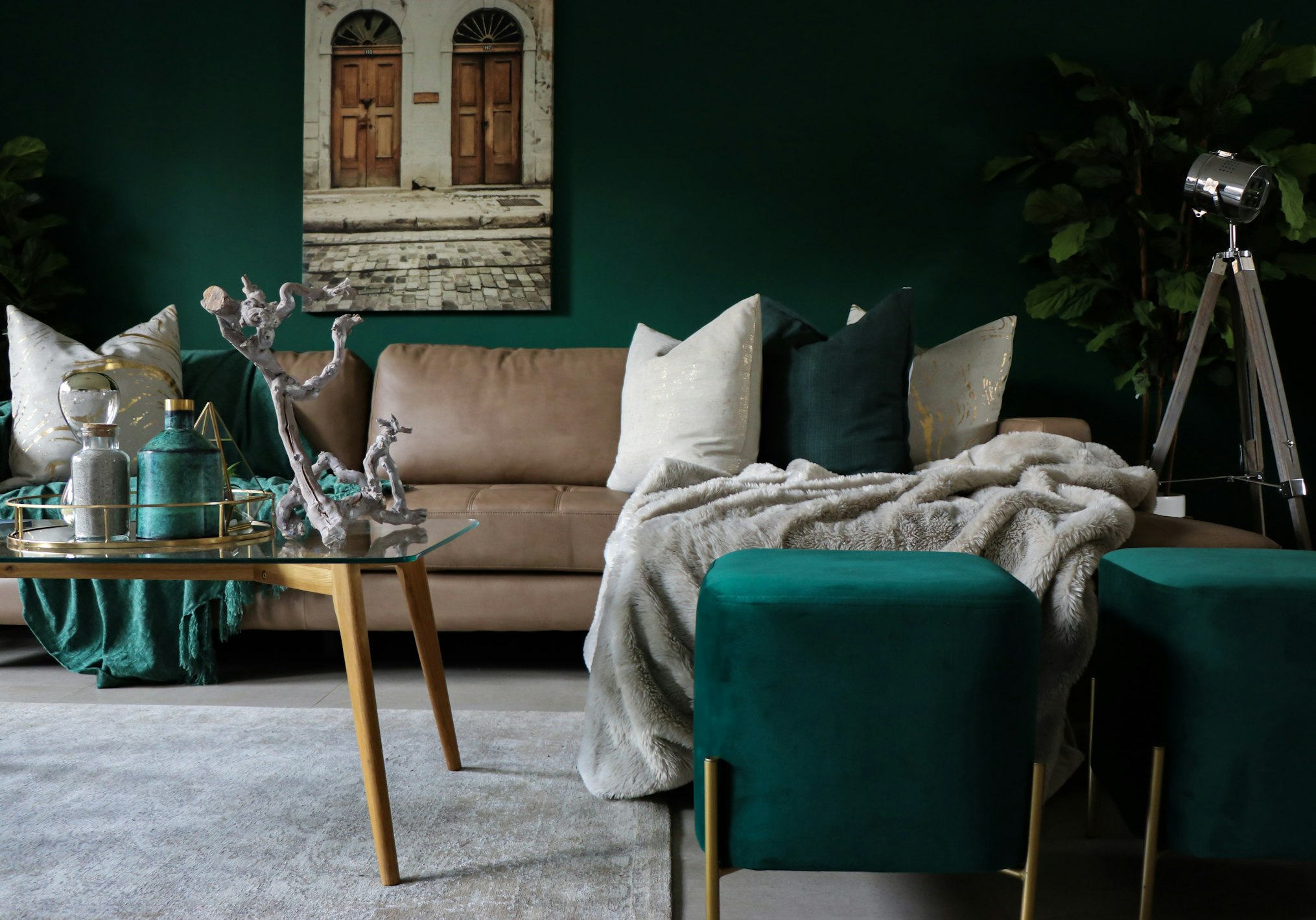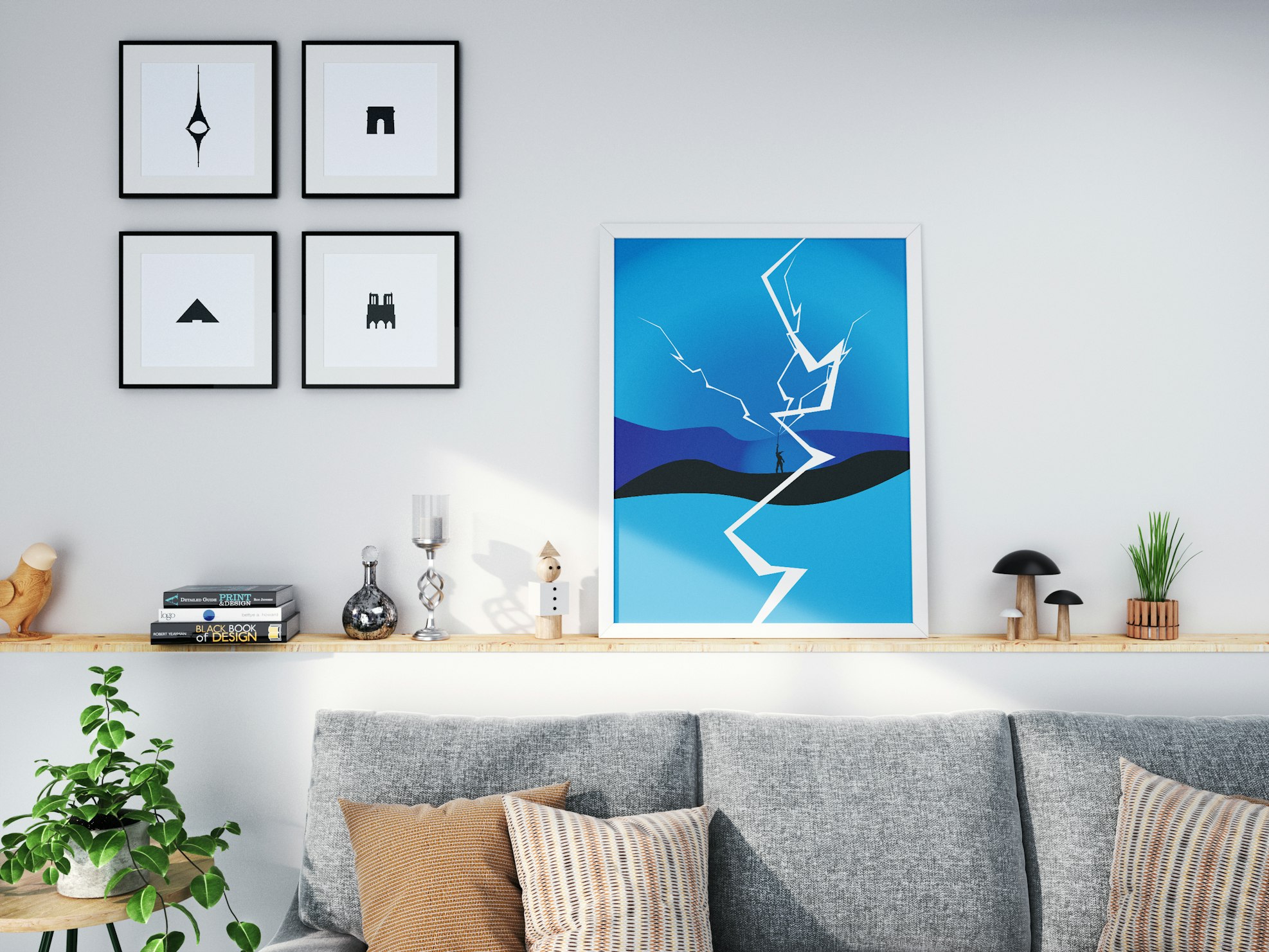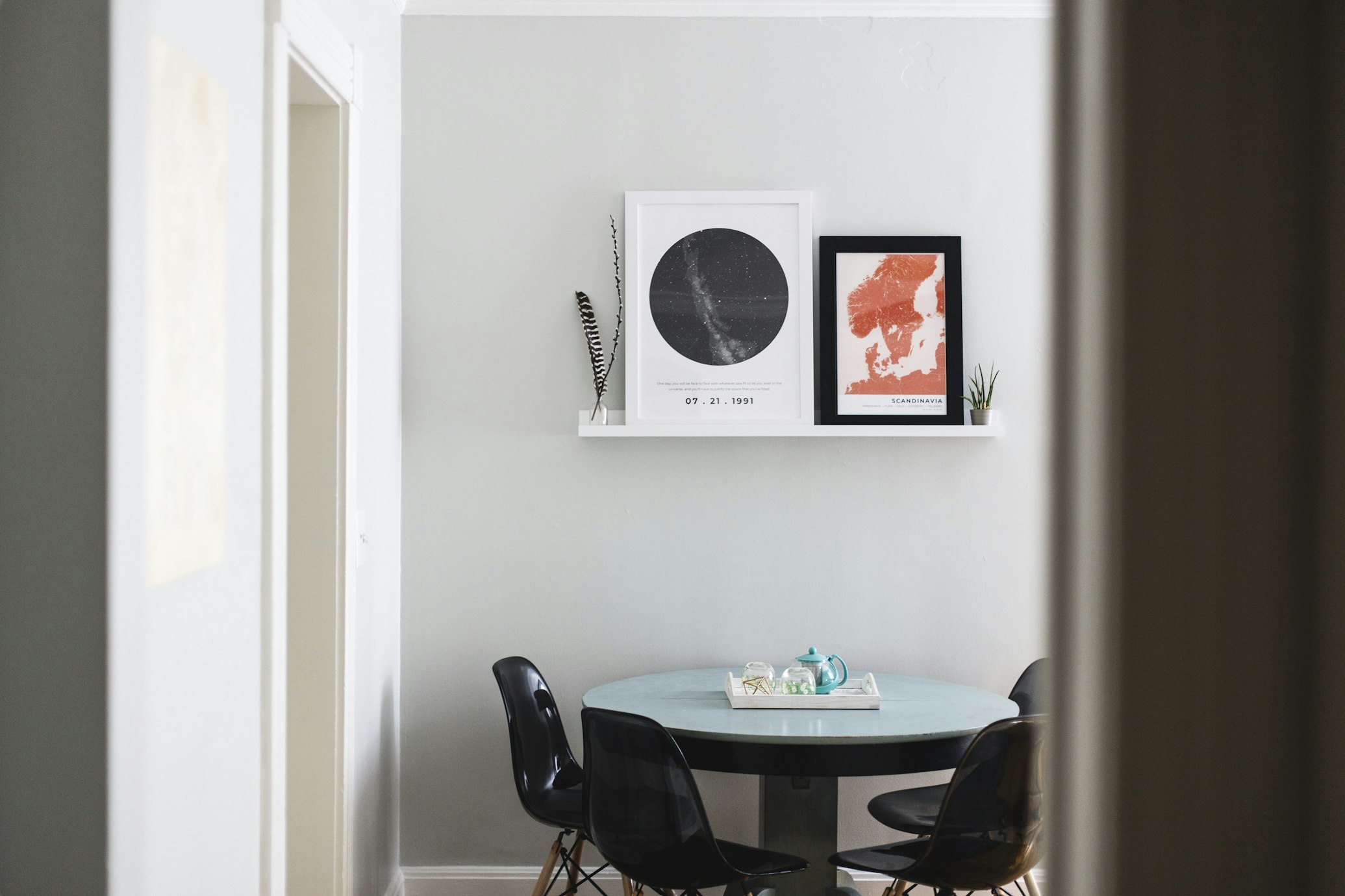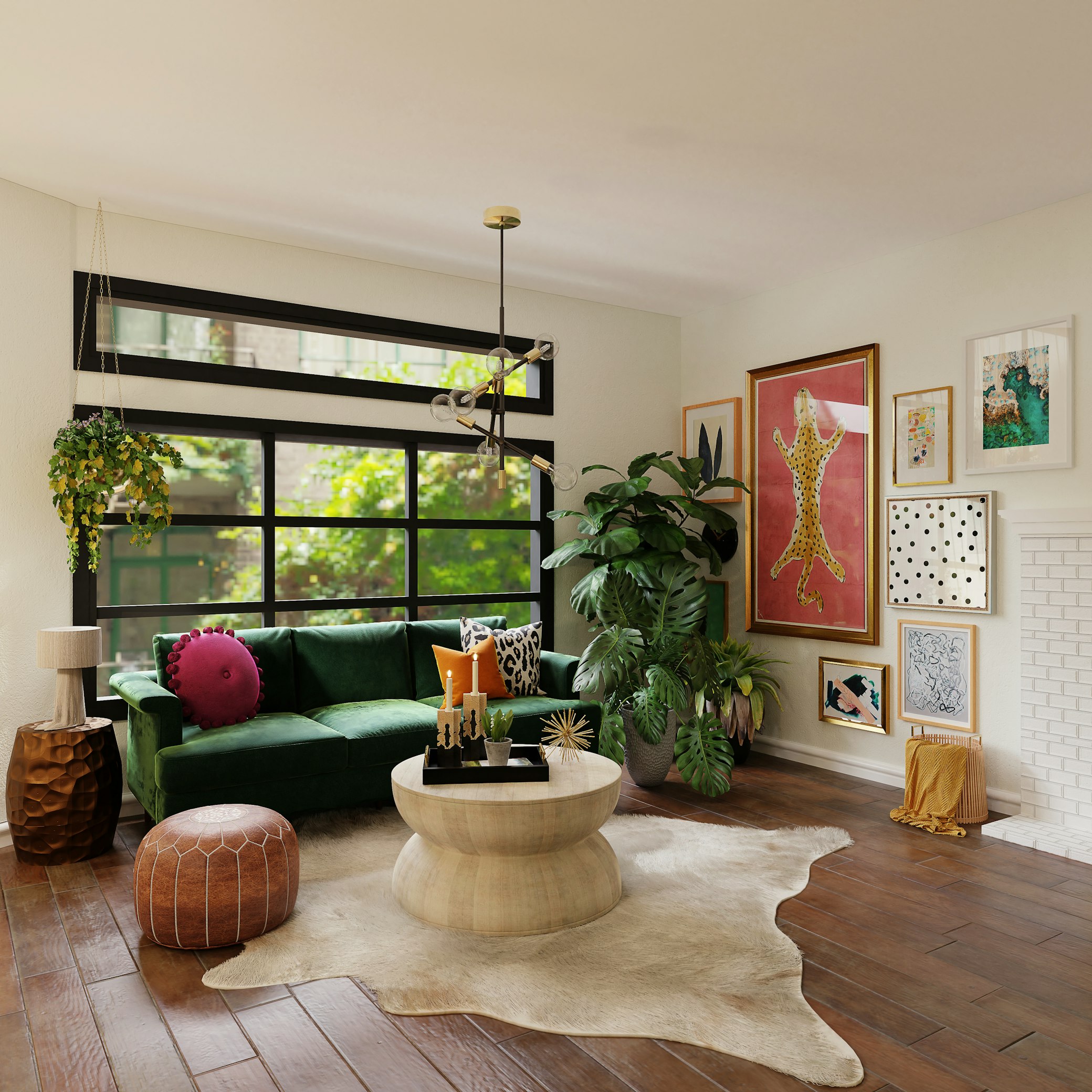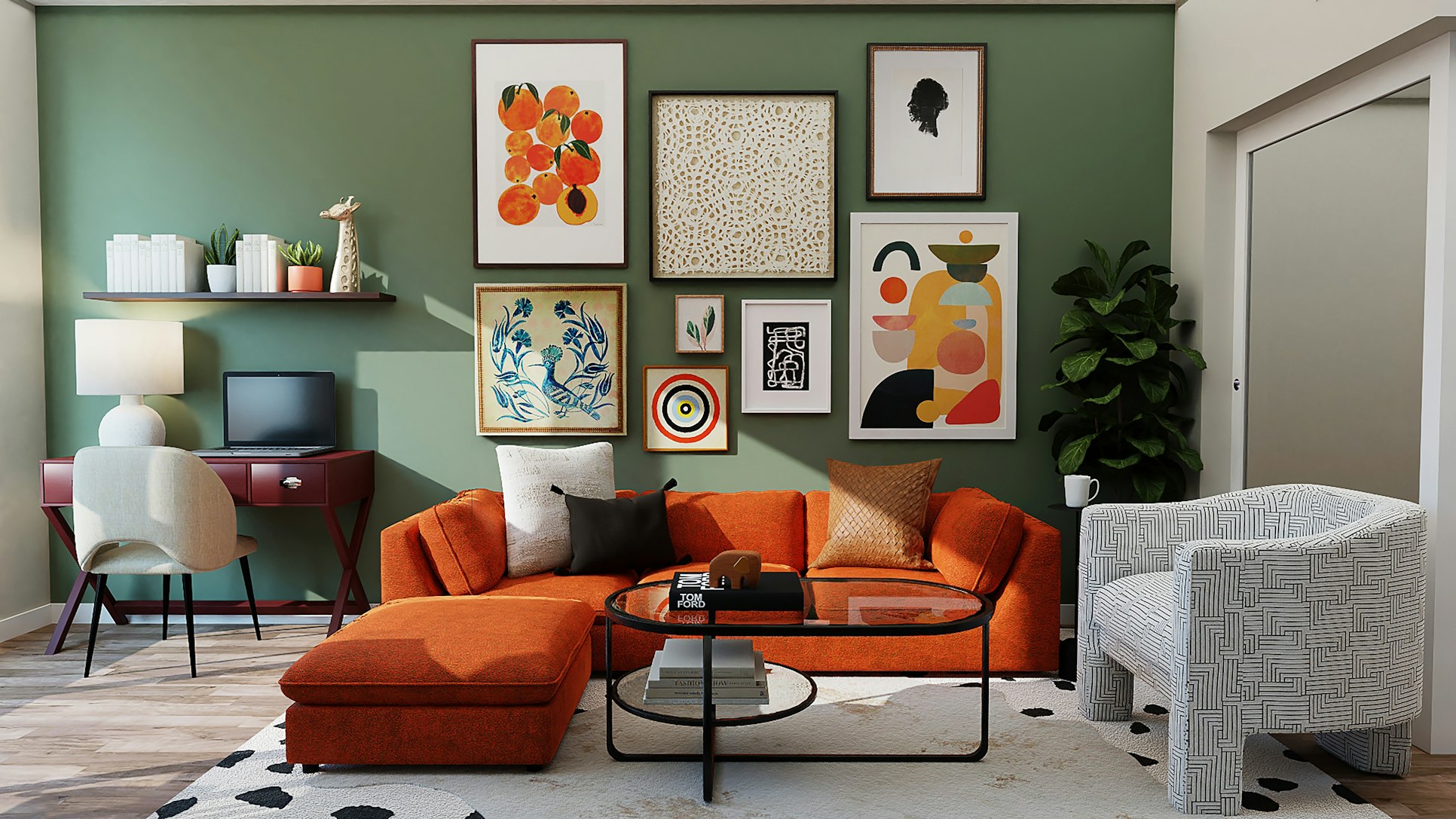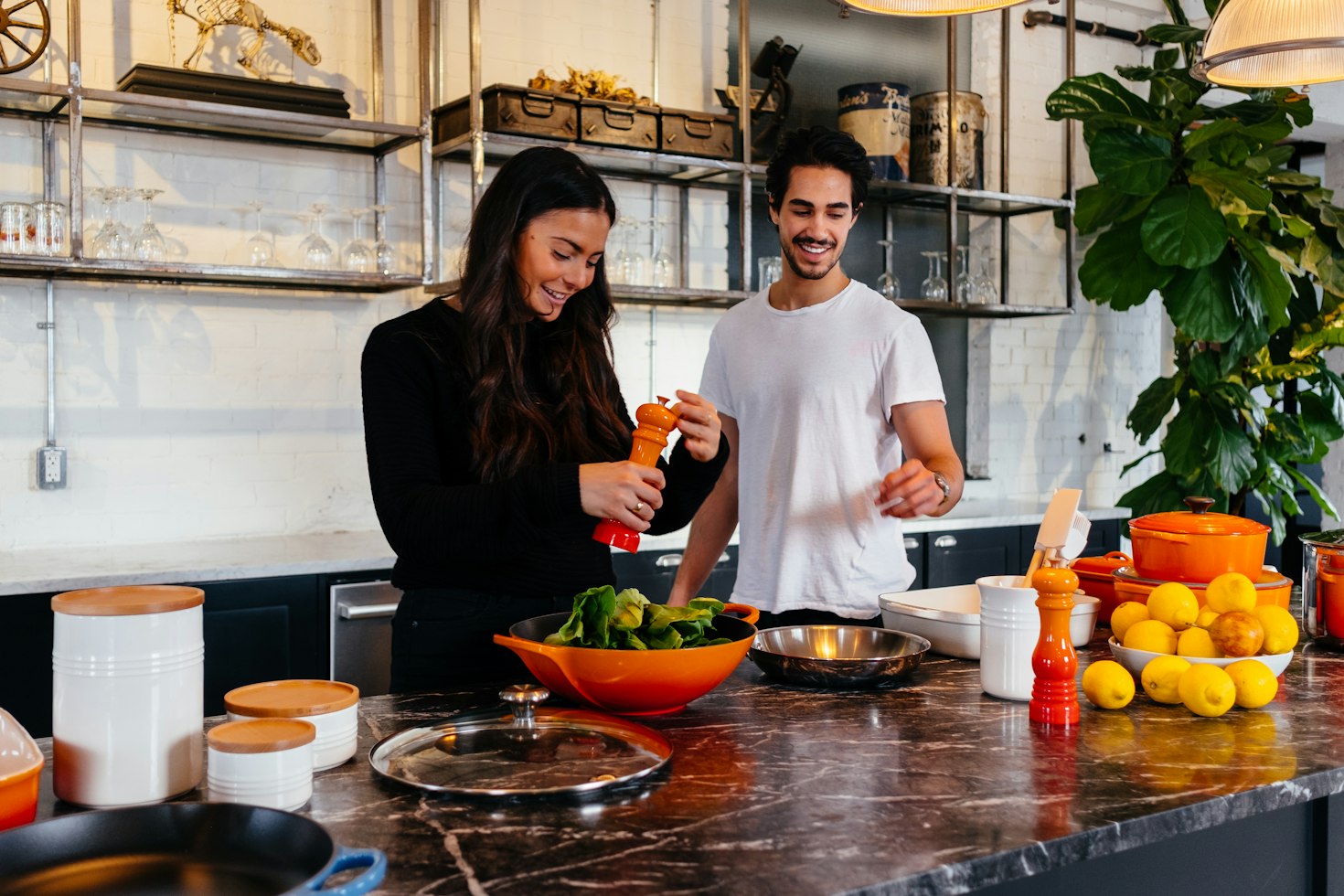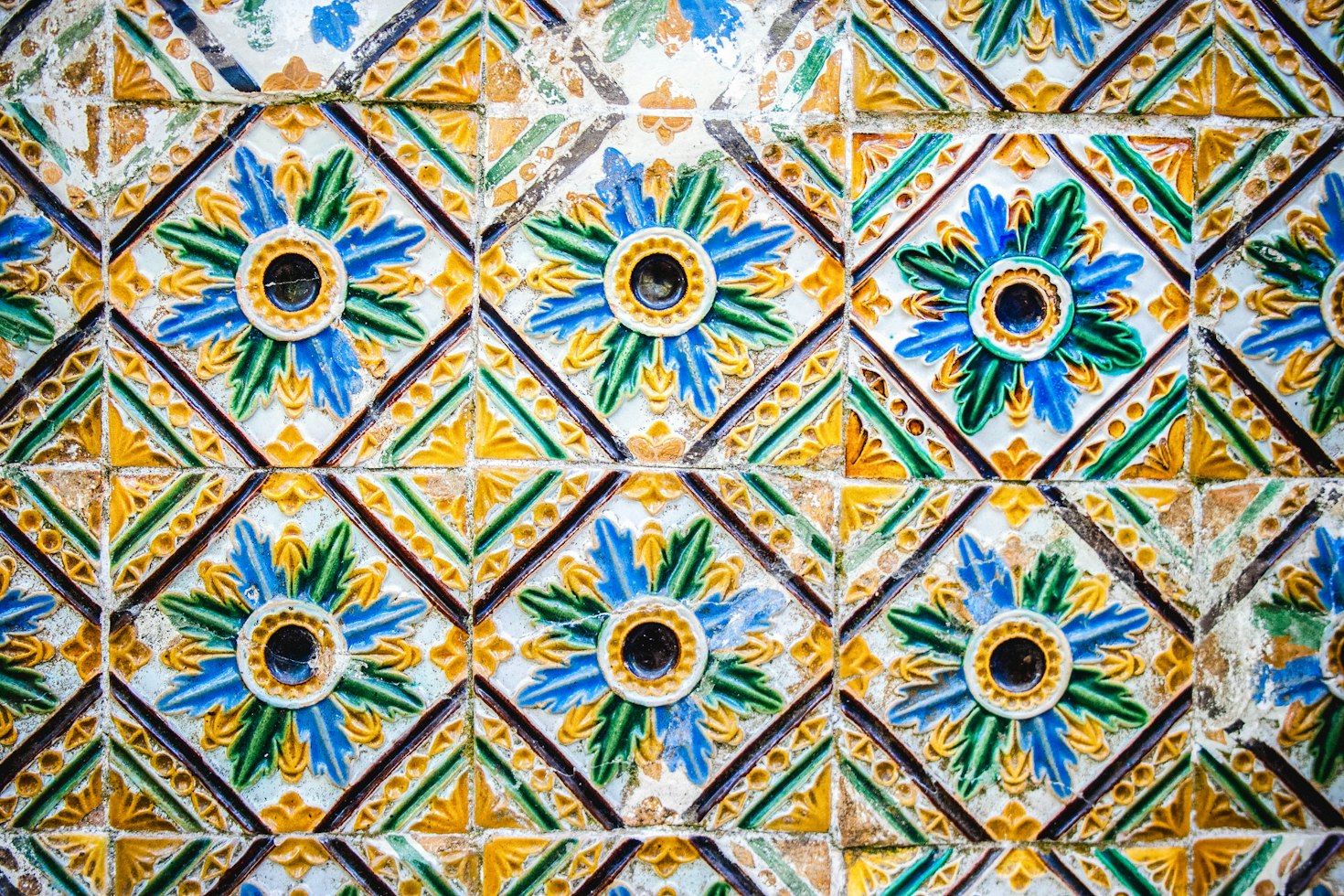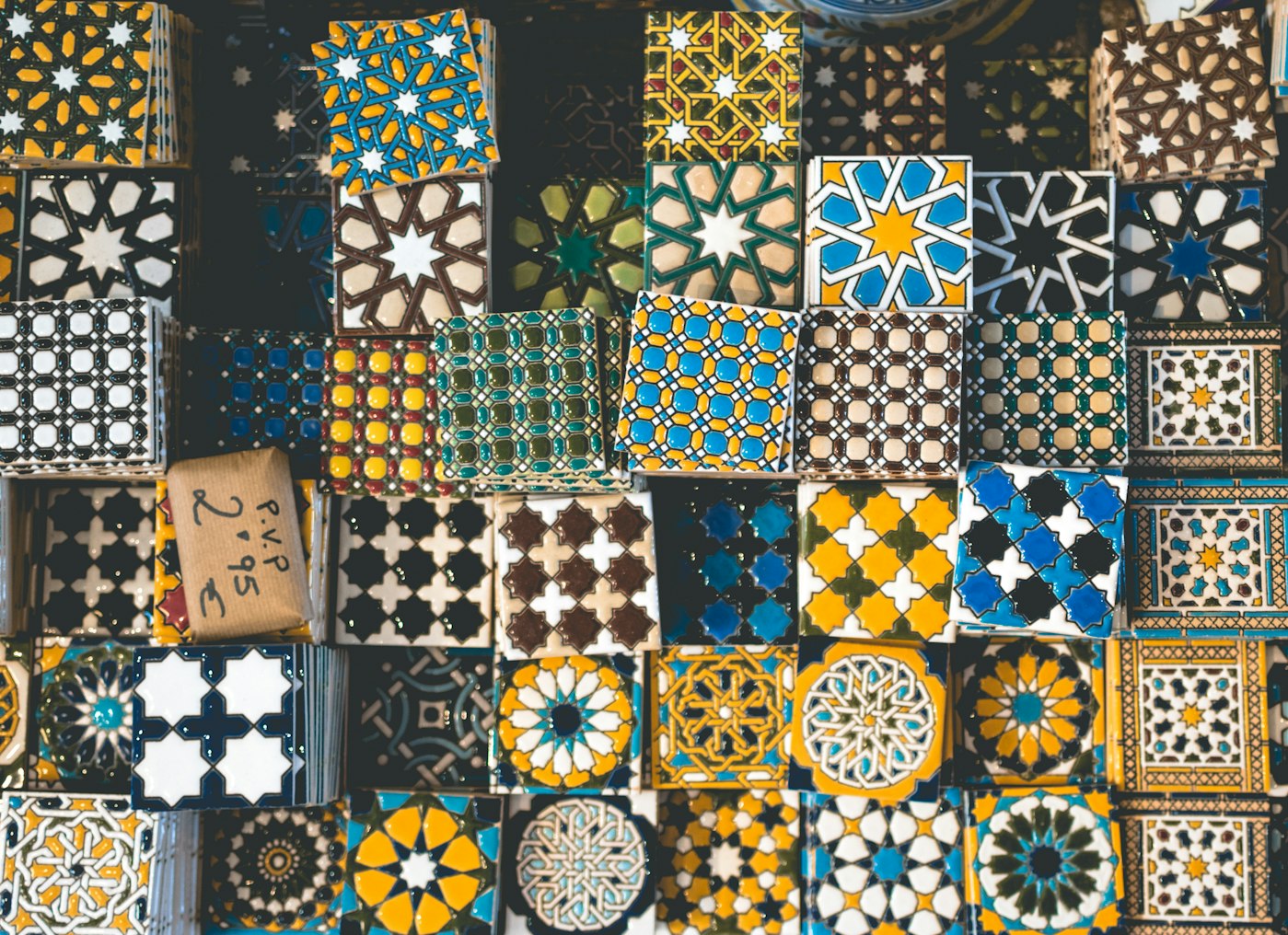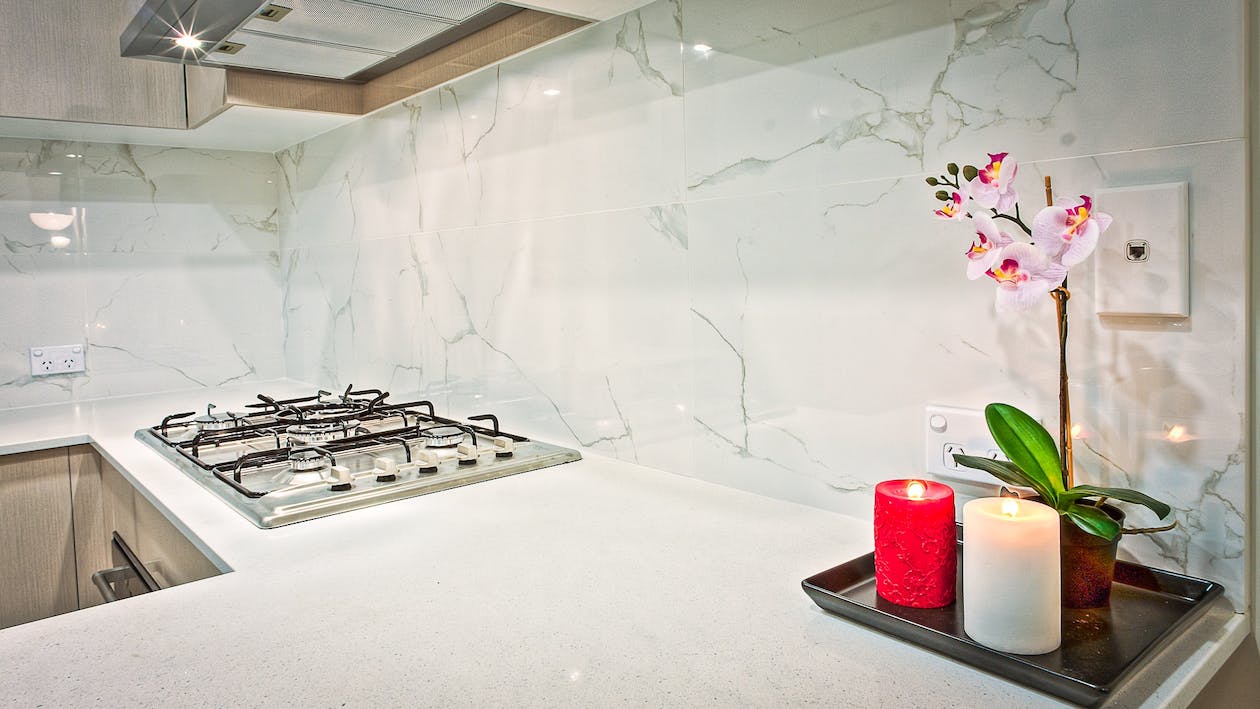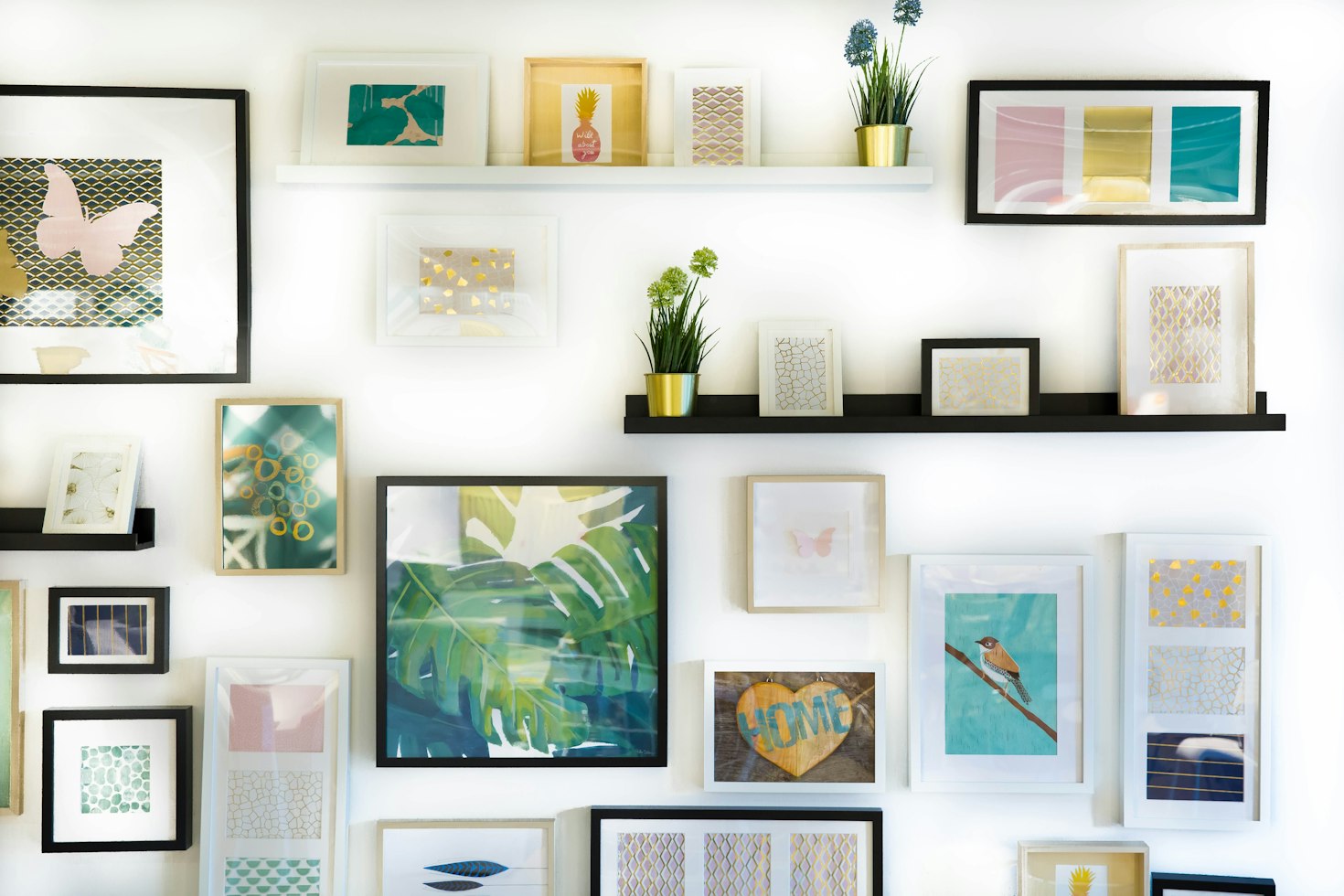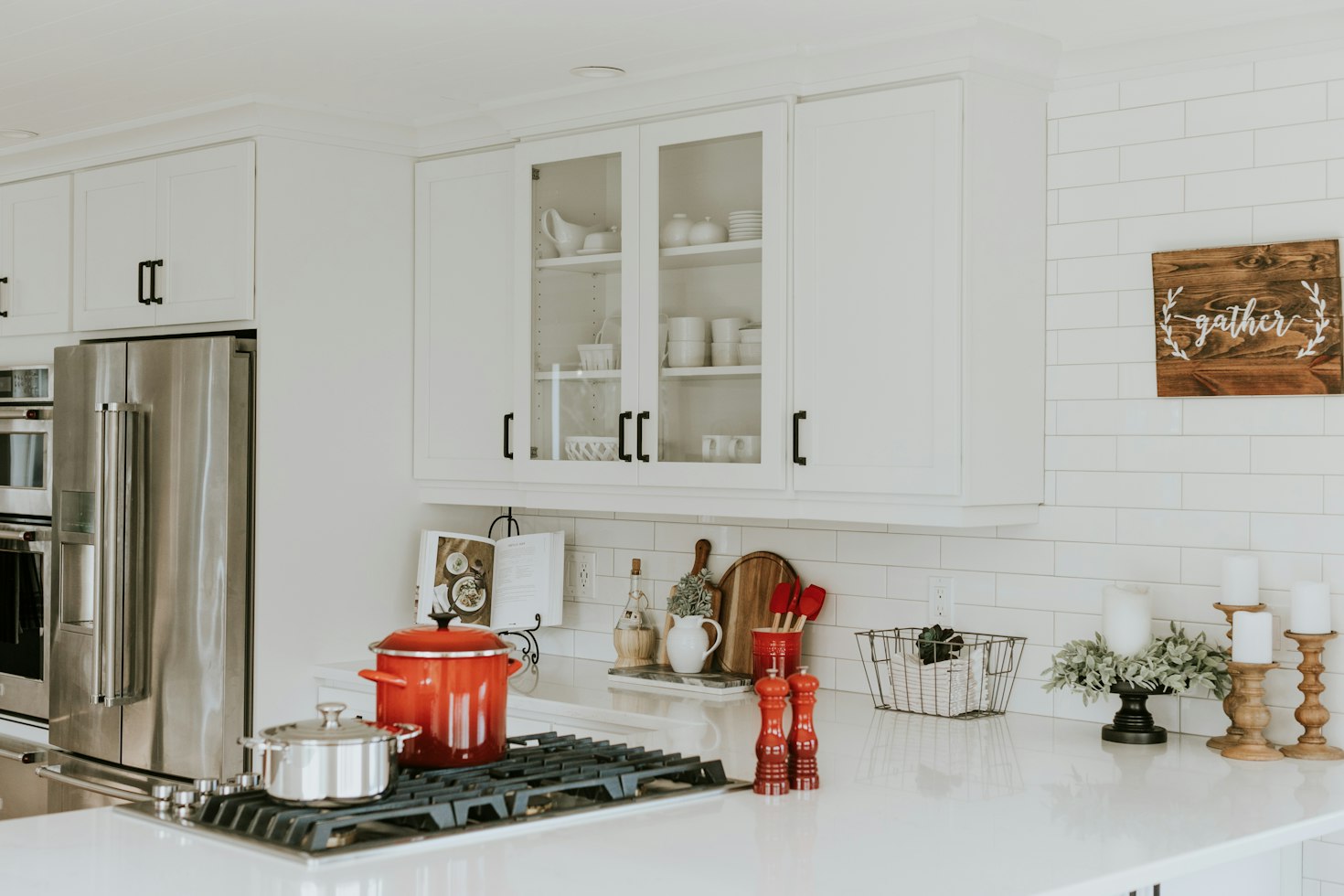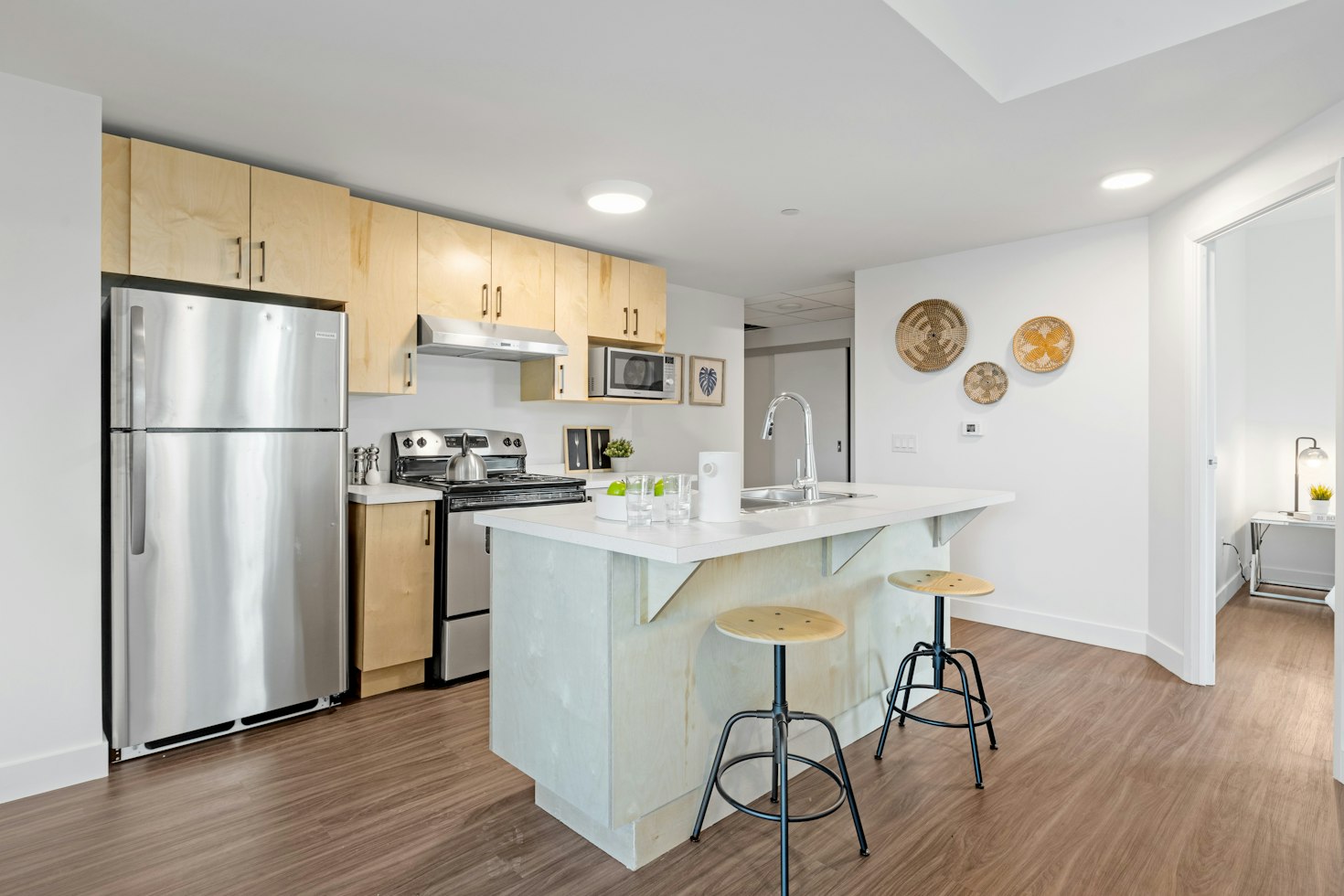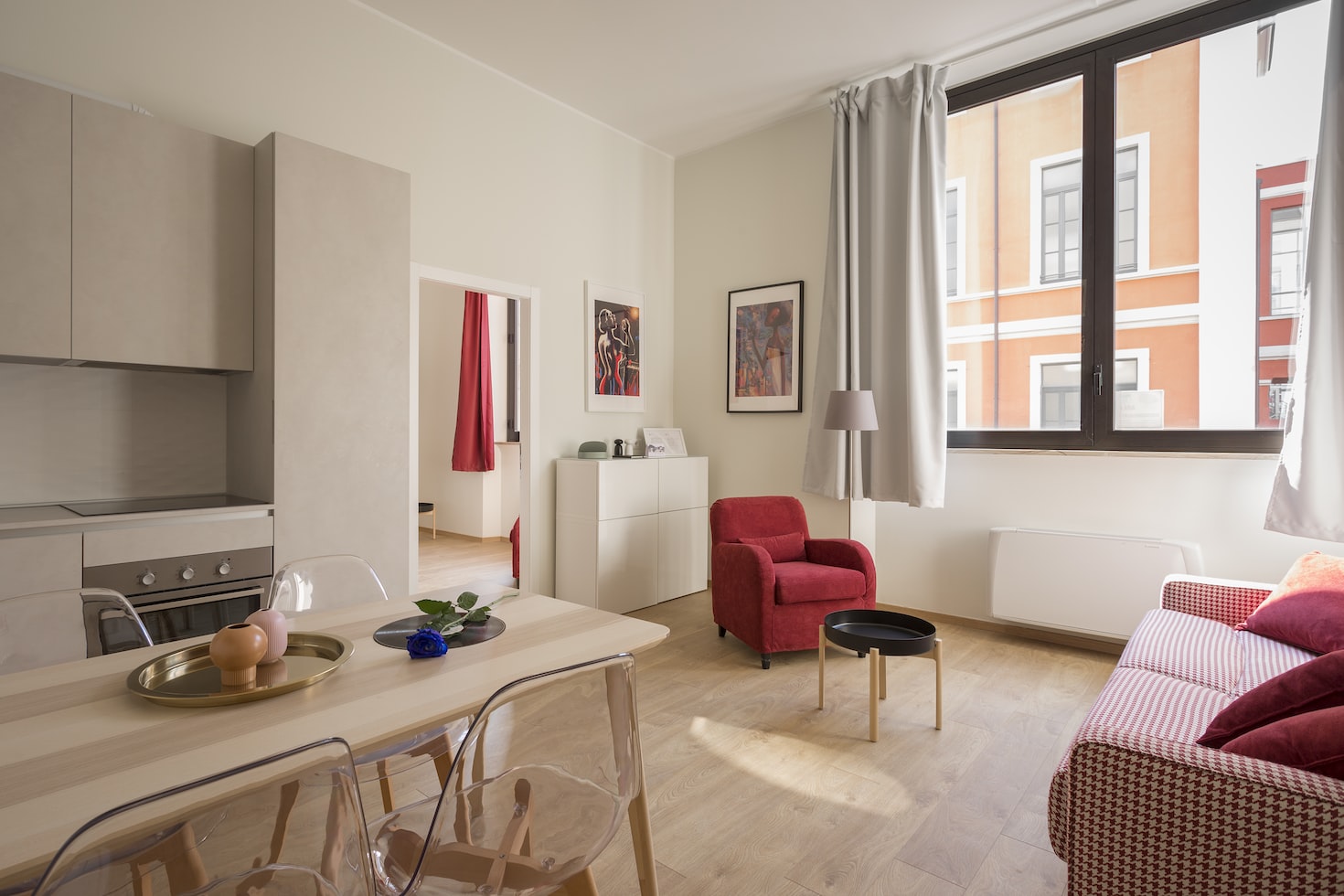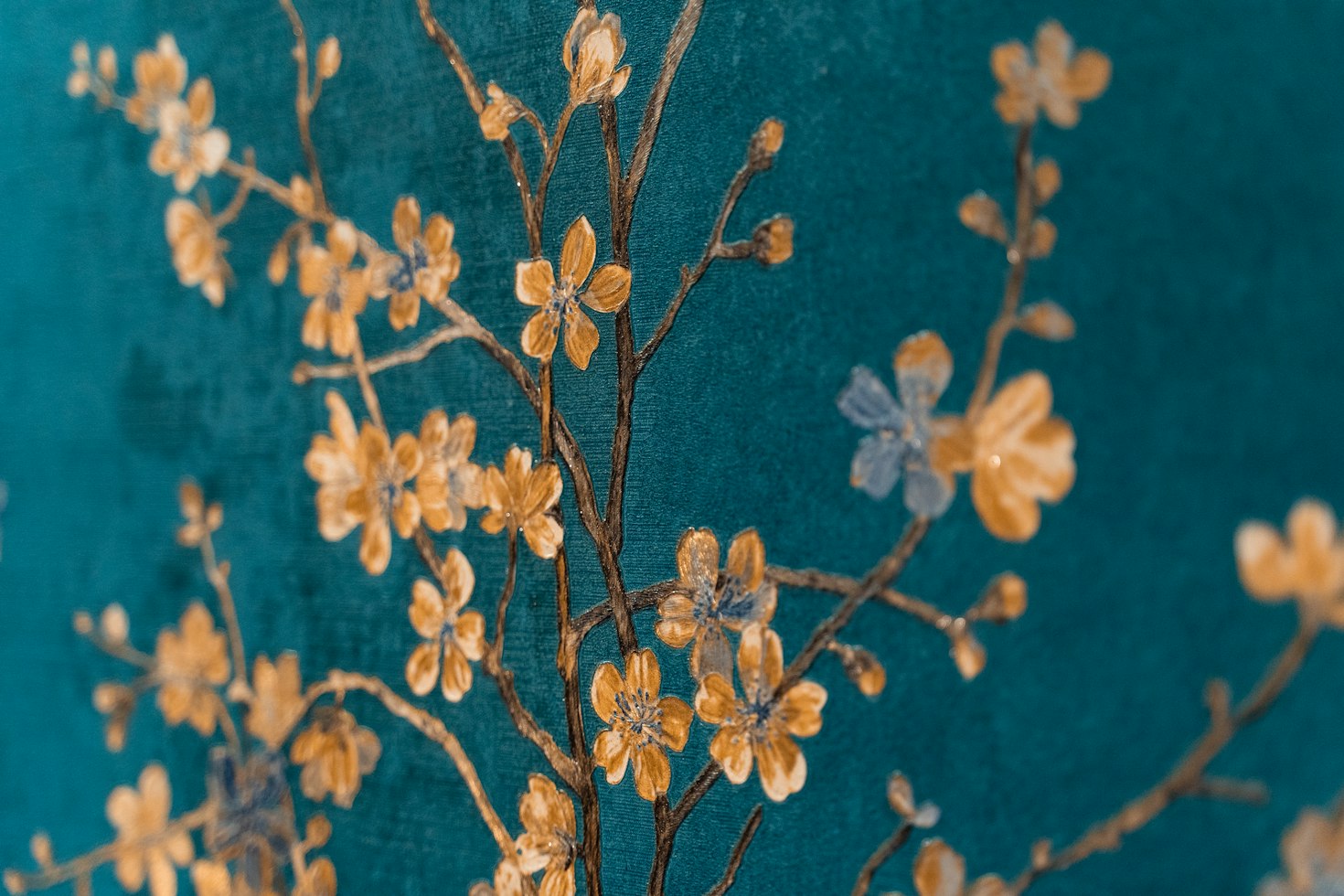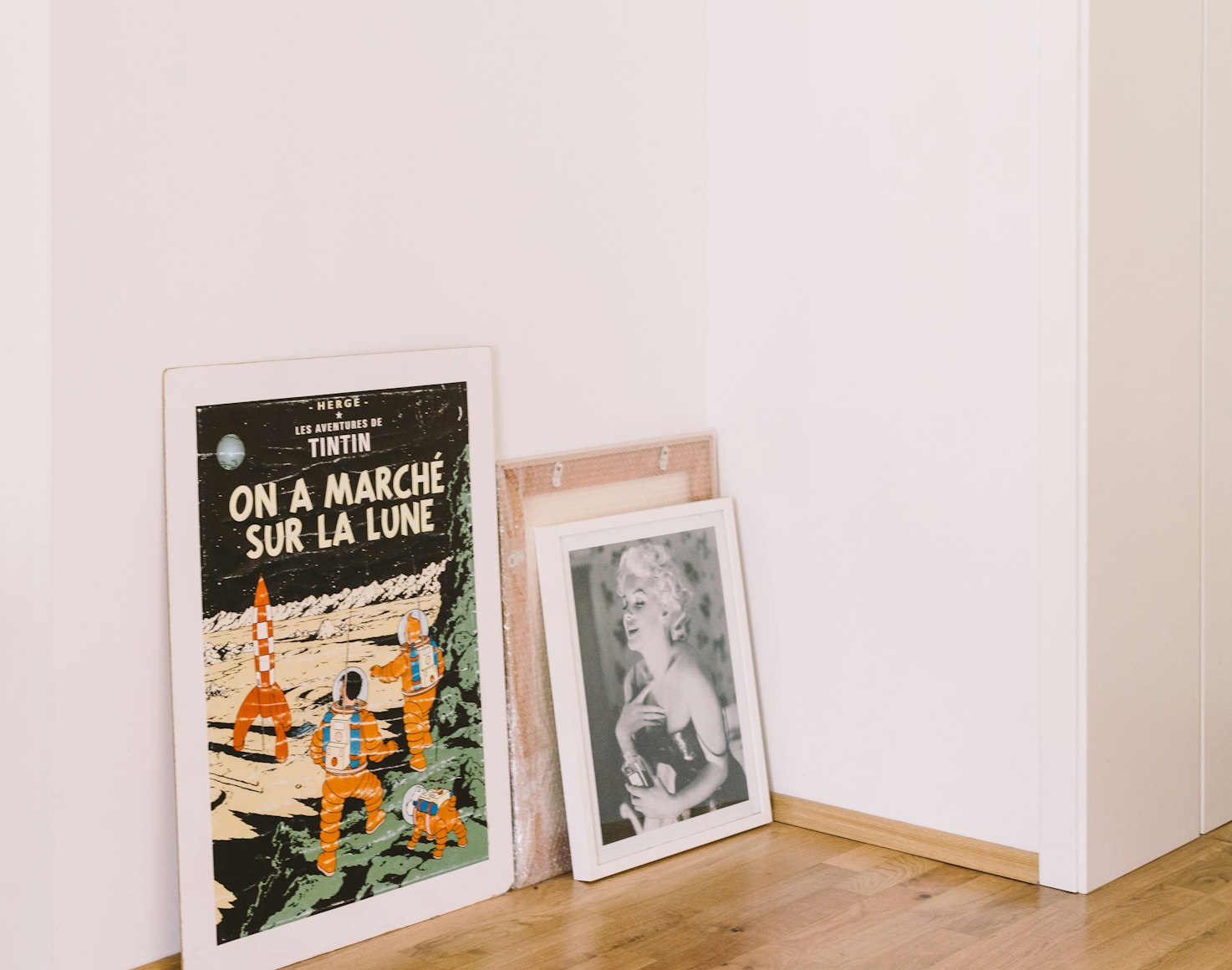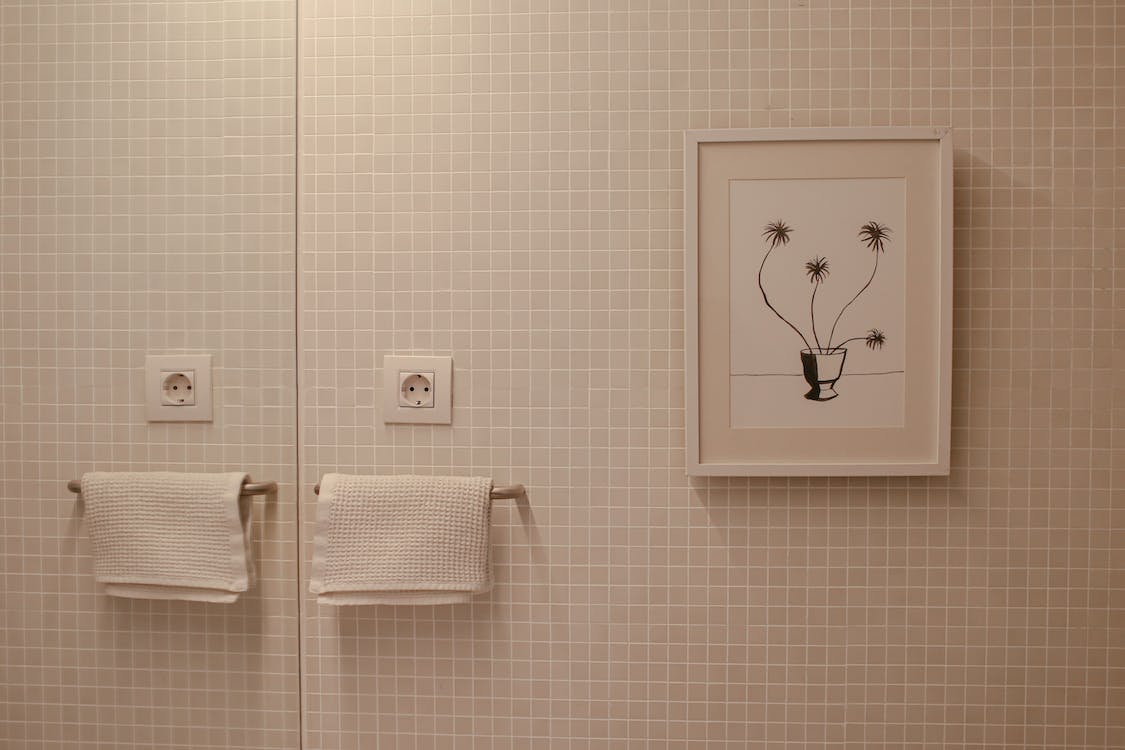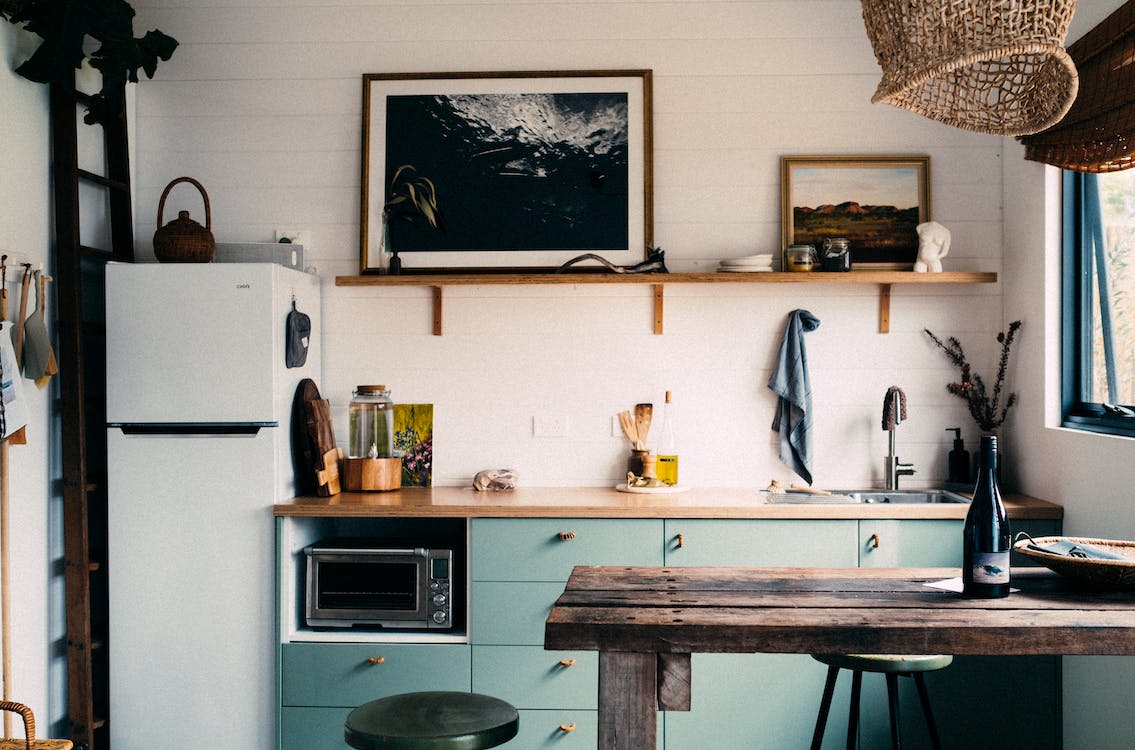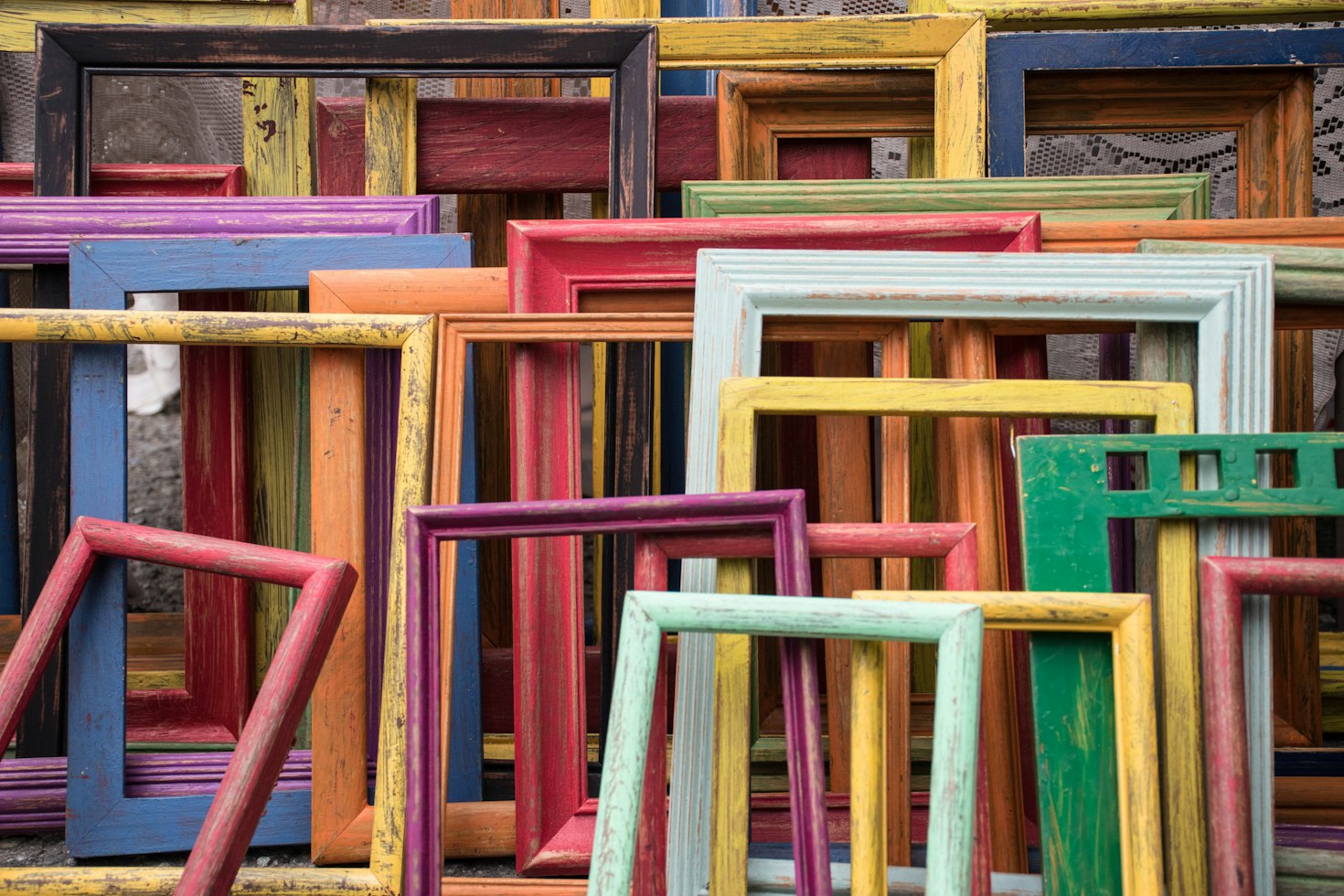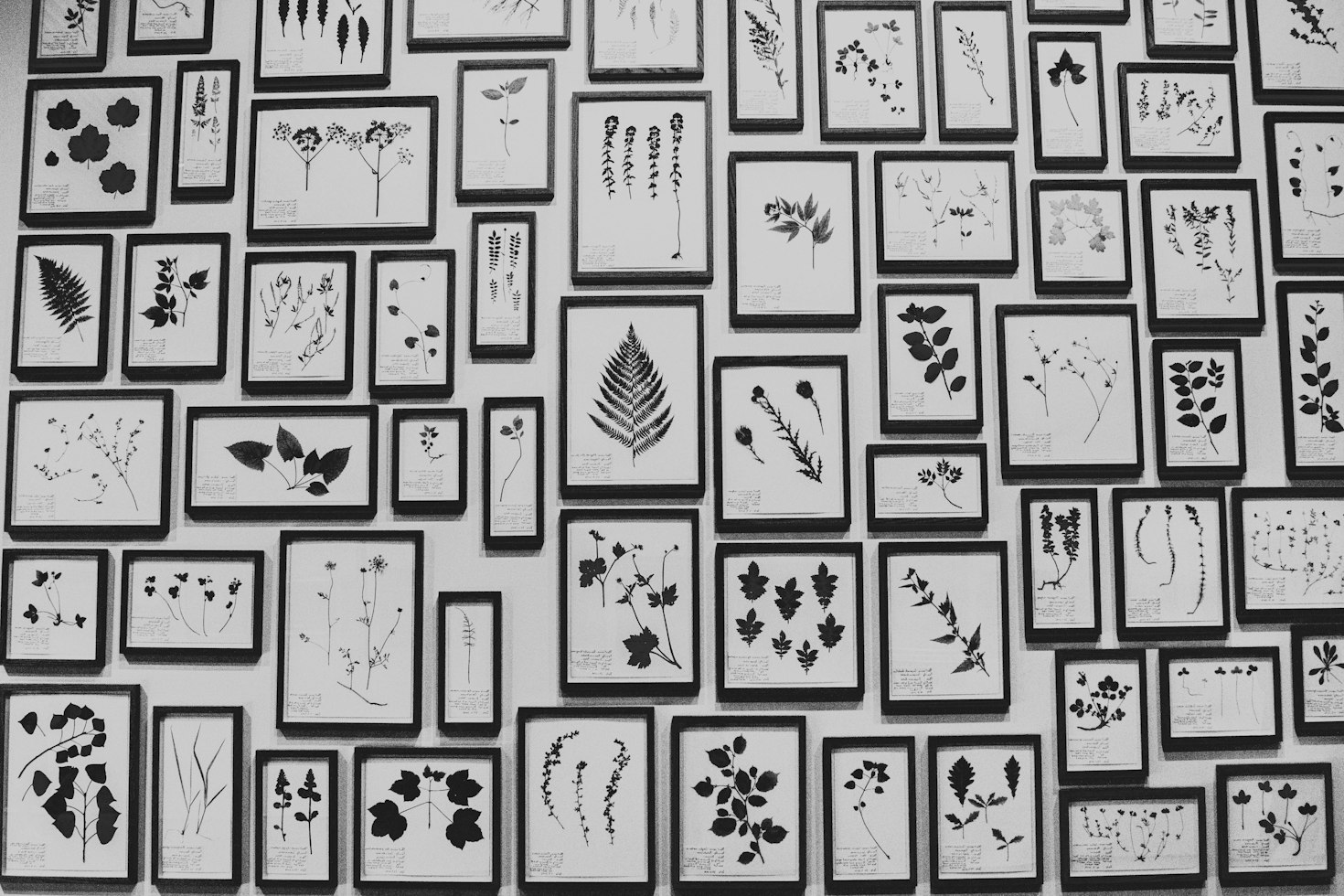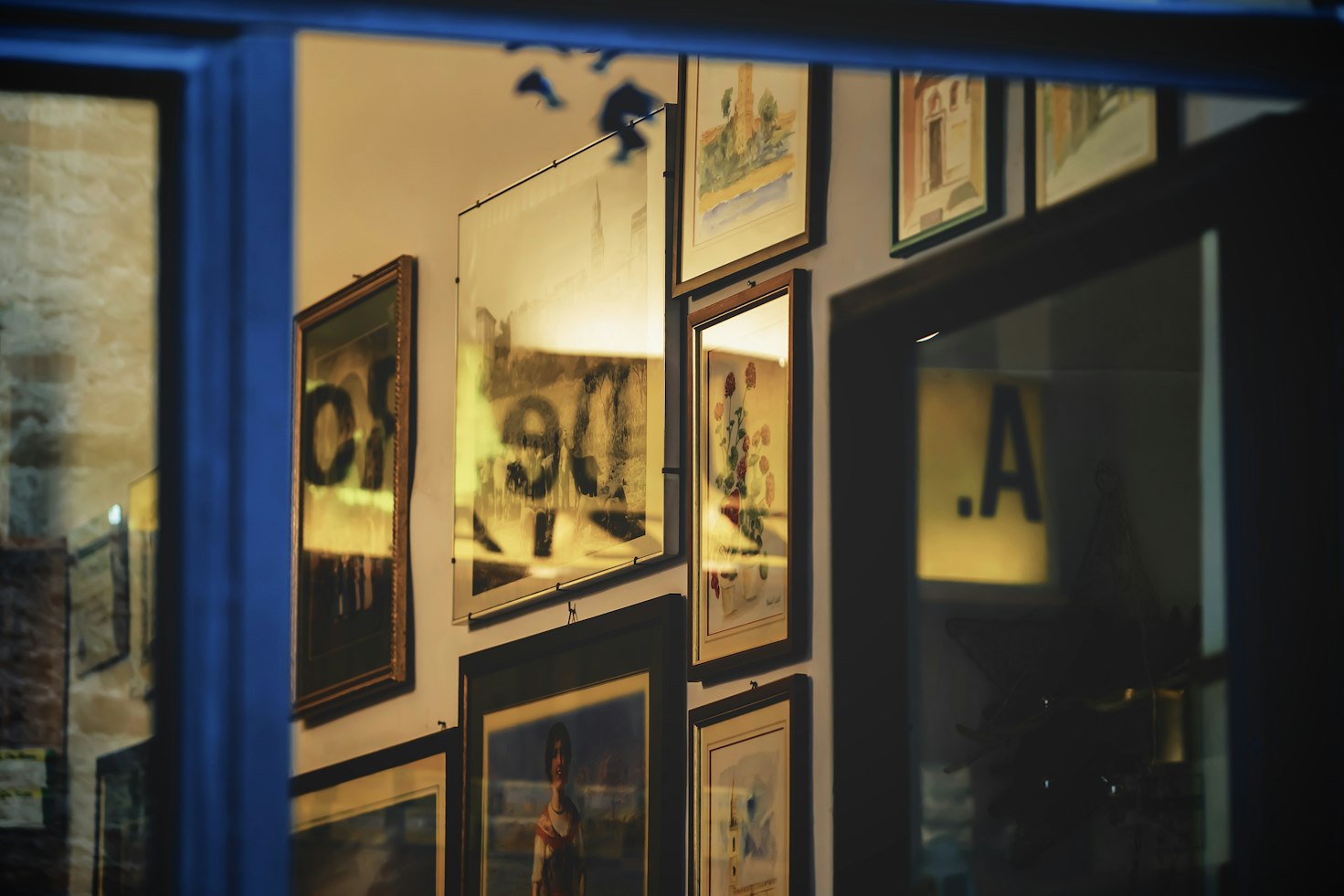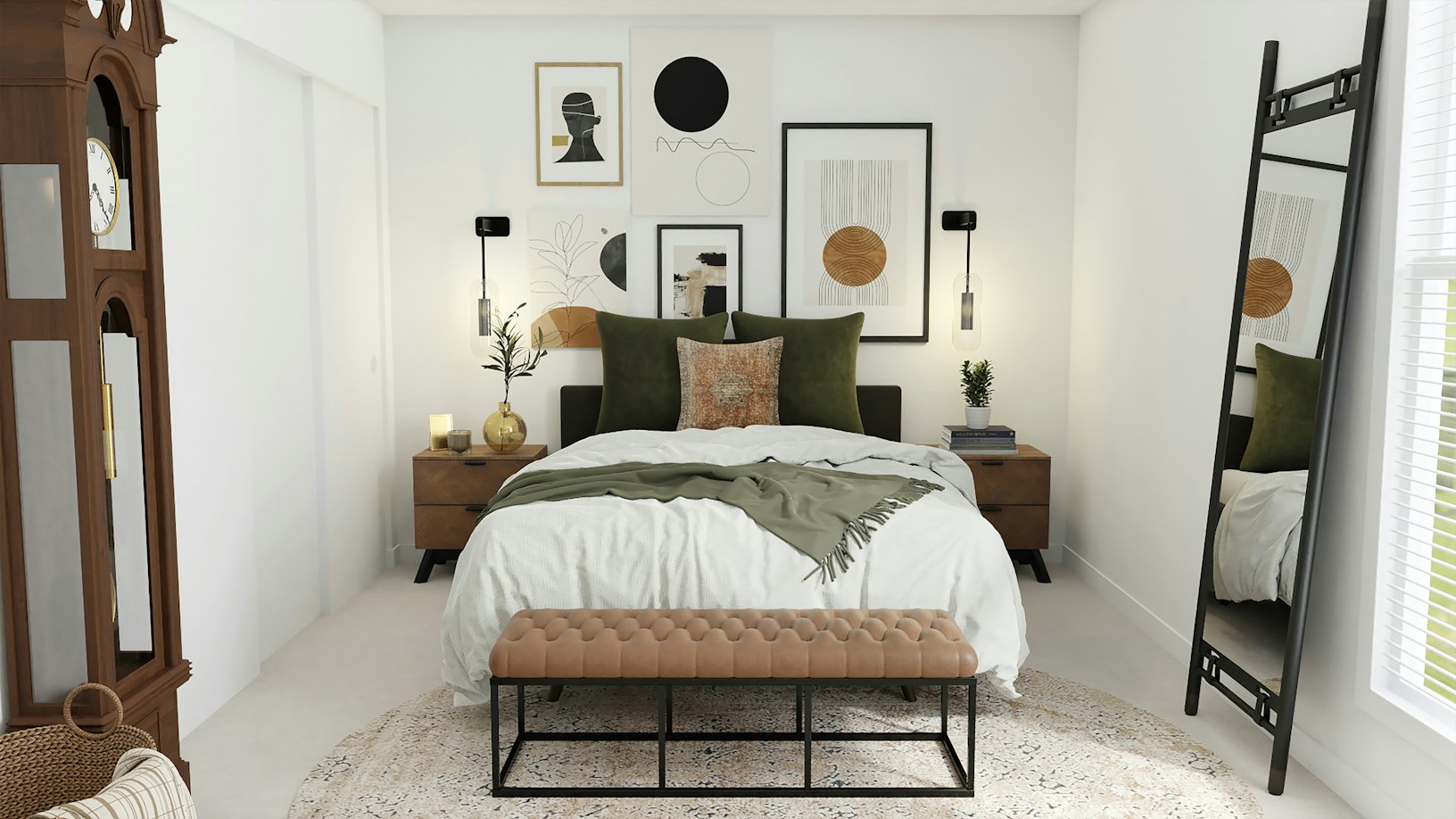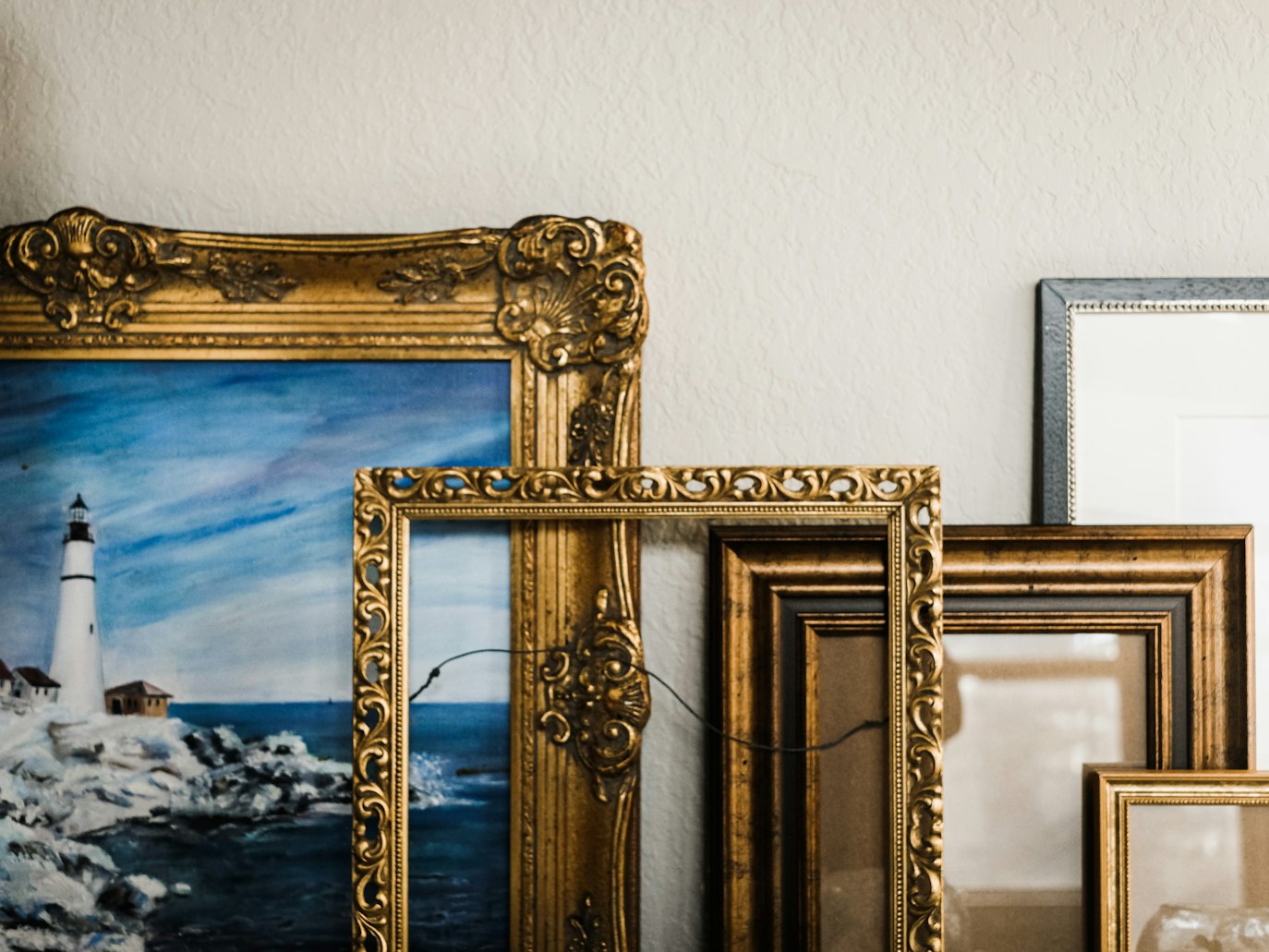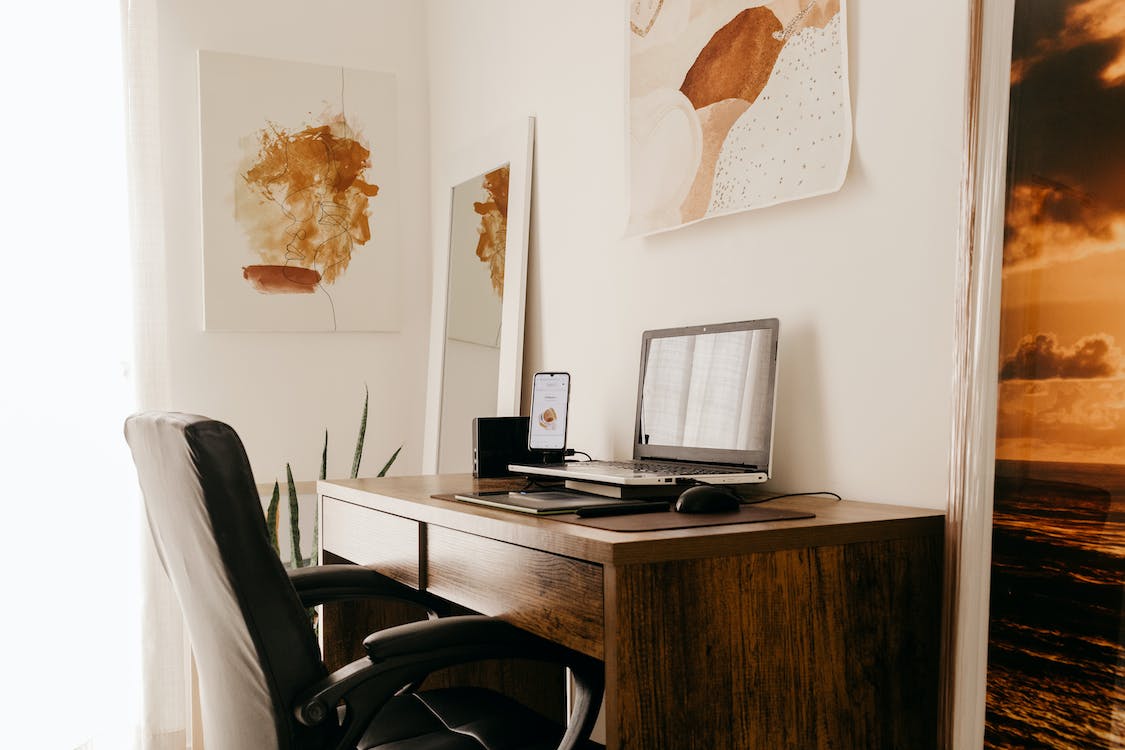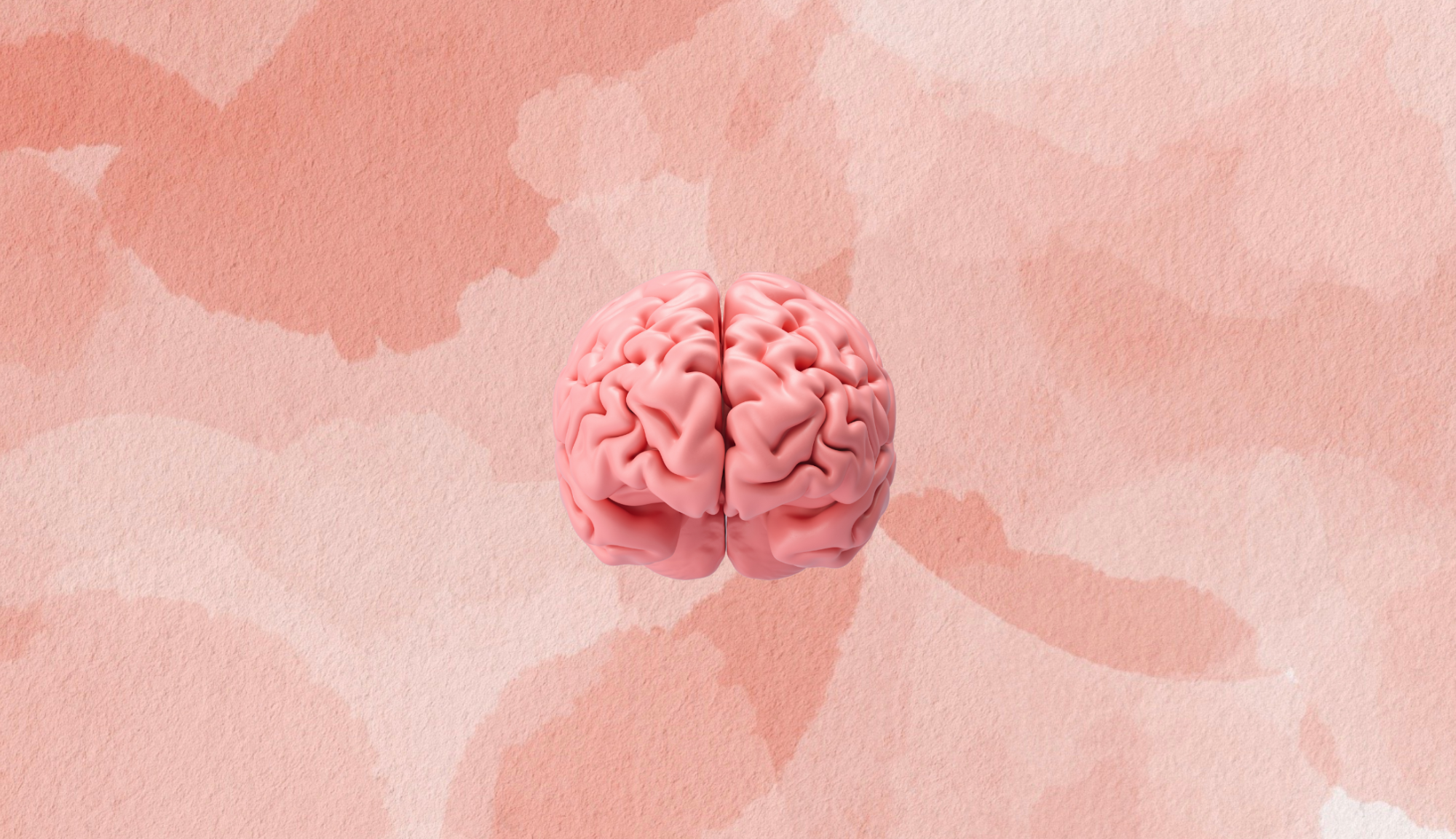Unlock Harmony: Expert Tips for Artwork and Furniture Pairing
Pairing artwork with your furniture isn’t just a decorative exercise—it’s a creative process that transforms your living space into a true reflection of your personality. Whether you’re an art lover or a design enthusiast, finding the right balance between your paintings, furniture, and overall decor is essential to creating a harmonious environment. In this guide, we explore comprehensive tips for artwork and furniture pairing, covering every aspect of the process—from choosing the right colours and styles to understanding scale and framing. With these expert insights, you can confidently select artworks that complement your furniture and add depth and character to your home.
1. Choose Complementary Colours
Colour is the foundation of visual harmony. When selecting artwork, one of the first steps is to evaluate your room’s colour scheme and identify how the painting can complement or contrast your existing furniture and decor. Tips for artwork and furniture pairing include considering neutral backgrounds for bold artwork or using complementary hues to create a cohesive aesthetic.
Colour Schemes
There are two primary ways to use colour when pairing artwork with furniture:
- Complementary Colours: These colours sit opposite each other on the colour wheel, such as blue and orange or red and green. When paired, they create a dynamic and visually engaging contrast without clashing.
- Analogous Colours: These colours—such as blue, green, and turquoise—are adjacent to the colour wheel and provide a soothing, cohesive look that blends naturally with your decor.
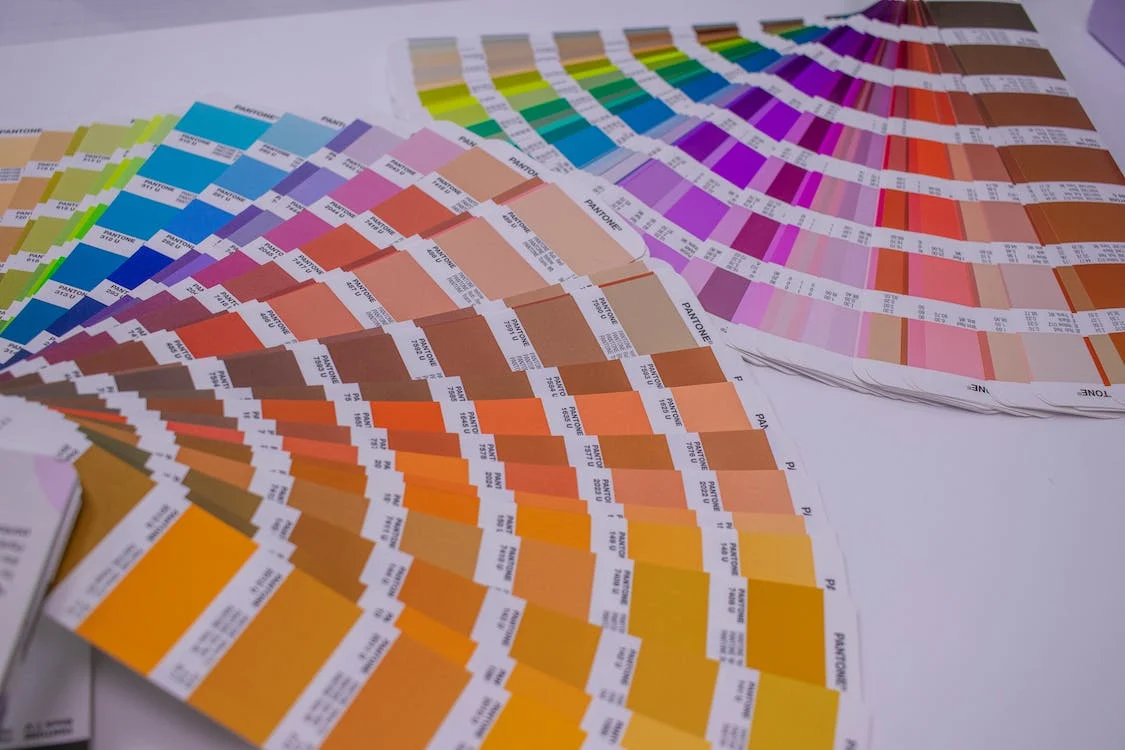
Practical Application
Consider a living room with a neutral palette—perhaps a mix of beige, grey, and white. In this case, choosing a painting with soft blues or greens can create a serene atmosphere, adding a subtle pop of colour without overwhelming the space. On the other hand, if your furniture features bold, vibrant hues, opting for a more neutral or monochromatic painting can help balance the energy in the room.
Pro Tip: Before purchasing a painting, create a small mood board that includes swatches of your furniture, wall colours, and potential artwork samples. This visual tool can help you see how different colours interact and guide your decision.
2. Align Your Style
Style is the soul of your decor. Your artwork should coordinate with your furniture and reflect your space’s overall aesthetic. When considering tips for artwork and furniture pairing, traditional paintings work best with classic furnishings, while modern, abstract pieces enhance contemporary interiors. Here are some key considerations for aligning style:
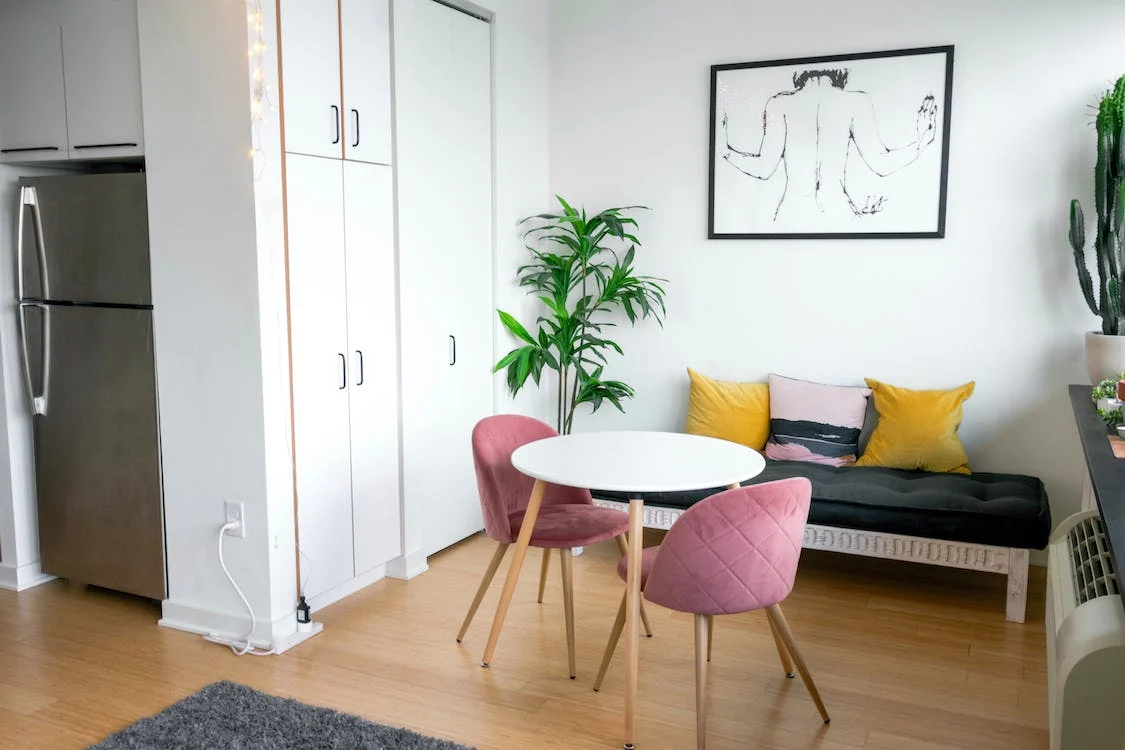
Matching the Mood
- Modern Minimalism vs. Traditional Elegance: A sleek, abstract painting might enhance a contemporary, minimalist space, while a detailed, ornate piece could complement a traditional setting.
- Casual vs. Formal: For a home with a relaxed, casual vibe, opt for approachable, organic art. In more formal spaces, sophisticated and refined pieces create a polished look.
Evaluate Your Existing Decor
Take a close look at your furniture, textiles, and decor accessories:
- Patterns and Textures: Does your sofa feature bold patterns, or is it more subdued? Your chosen artwork should either echo these patterns or provide a tasteful contrast.
- Material Finishes: The finishes on your furniture (e.g., matte, glossy, rustic) can also influence which art pieces will work best.
Example: Imagine a room with mid-century modern furniture characterised by clean lines and muted colours. An abstract painting incorporating geometric shapes and a similar muted colour palette can reinforce the contemporary vibe. In contrast, a hyper-realistic landscape might seem out of place.
3. Consider Proportion and Scale
One of the most common mistakes in art selection is choosing a piece that doesn’t match the scale of your space. Tips for artwork and furniture pairing must highlight the importance of proportion and scale, ensuring the artwork enhances rather than overpowers your furniture.
Measuring Your Space
- Wall Space: Measure the area where you plan to hang your painting. A general rule of thumb is that the width of the painting should be approximately two-thirds the width of the furniture it’s placed above. This ratio creates a balanced, visually appealing composition.
- Furniture Size: Consider the dimensions of your furniture when selecting a painting. A small painting on a large wall can look lost, while an oversized piece can dominate a small room.
Tips for Scale
- Create a Mock Layout: Use painter’s tape to mark the area on your wall that corresponds to the size of the painting. This simple exercise can help you better visualise how the artwork will fit.
- Grouping Artworks: Consider creating a gallery wall if one large painting doesn’t seem to work. Grouping several smaller pieces can often have a more significant impact while maintaining balance.
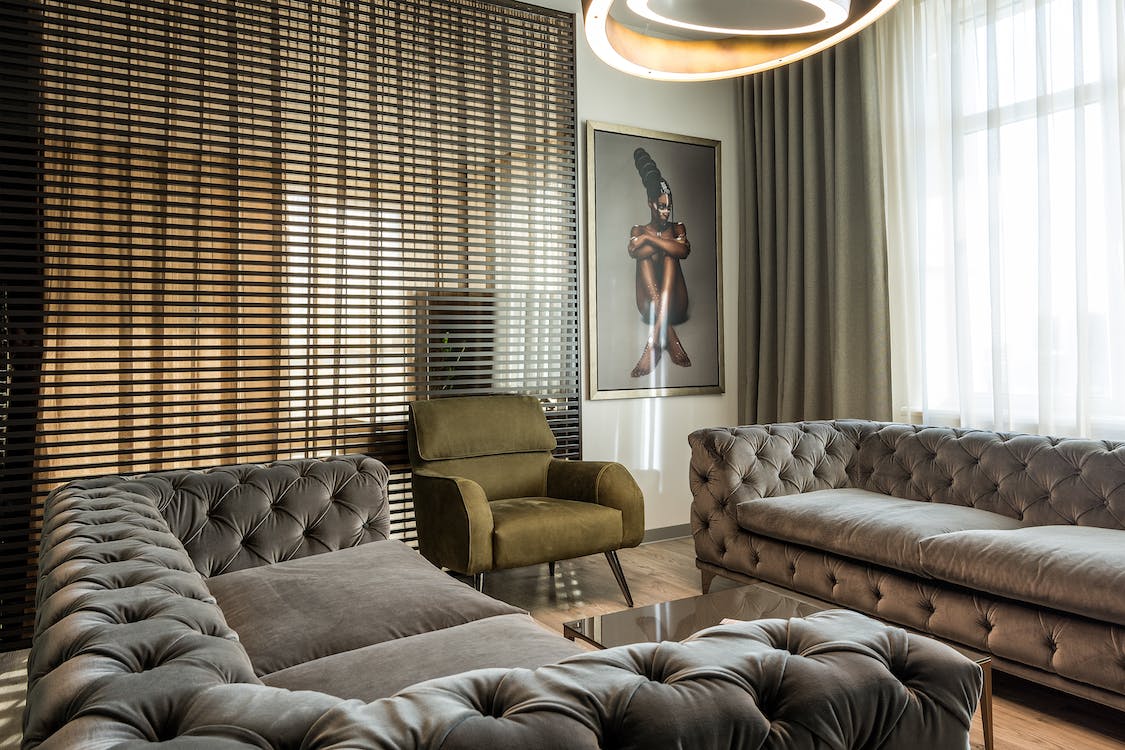
Pro Tip: Oversized artwork can create a dramatic focal point in rooms with high ceilings or expansive walls, while carefully chosen pieces in smaller rooms can make the space feel cosy and curated.
4. Set the Mood with Art
The right artwork does more than fill space—it sets the emotional tone for your room which is why tips for artwork and furniture pairing emphasise selecting pieces that align with the ambience you want to create.

Identifying the Desired Mood
Consider the function of the room:
- Calming Retreat: Landscapes, abstracts, or art with soft, muted tones can evoke a sense of calm in relaxing spaces, such as bedrooms or reading nooks.
- Energetic and Inviting: Vibrant colours and dynamic compositions stimulate conversation and energy in social spaces like living rooms or dining areas.
- Inspirational Spaces: Thought-provoking, abstract, or humorous artwork can spark creativity in home offices or creative studios.
Art as an Emotional Catalyst
Art has the power to influence our emotions. A carefully selected painting can transform a mundane space into an oasis of tranquillity or a hub of creative energy. When you choose art based on the mood you want to achieve, you are essentially designing the emotional landscape of your room.
Pro Tip: Reflect on how a painting makes you feel. If it resonates with your inner vision for the space, it’s likely the right choice.
5. Find Your Connection
While guidelines and theories are helpful, the best artworks are the ones that speak to you personally. One of the main tips for artwork and furniture pairing is that your home should reflect your unique story, memories, and aspirations.
Trusting Your Instincts
- Emotional Resonance: Choose pieces that evoke an emotional response. Whether it reminds you of a cherished memory or inspires you to dream bigger, personal connection is key.
- Conversation Starters: Art that tells a story can become a great conversation piece. This connection can make your space feel more intimate and welcoming.
Curating a Personal Collection
- Mix of Old and New: Combine heirloom pieces with modern art to create a dynamic collection representing your journey.
- Display Techniques: To enhance the significance of art, consider how you frame and display it. Unique framing, strategic placement, or rotating exhibits can keep your space fresh and inspired.
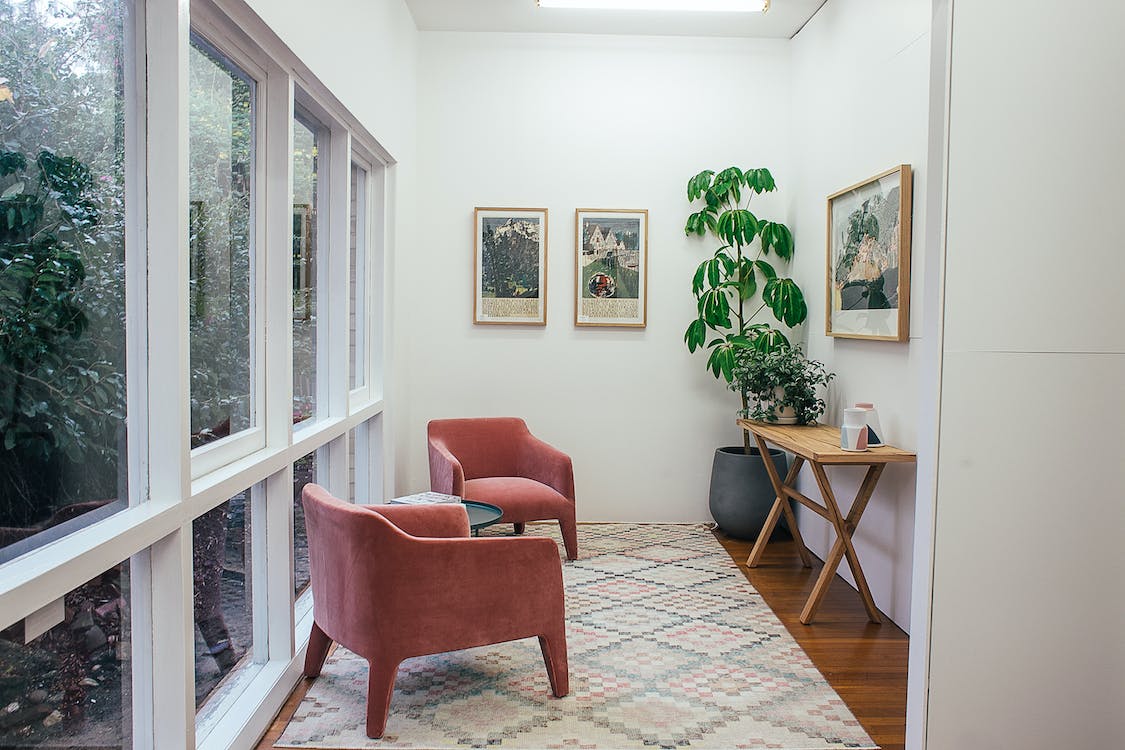
Pro Tip: Create a “favourites” folder or digital mood board to collect images of artworks that resonate with you over time. This can be an invaluable resource when you’re ready to purchase.
6. Mix and Match for Eclectic Appeal
While harmony is essential, embracing variety can lead to an exceptionally dynamic interior. Don’t be afraid to mix and match different art styles, mediums, and eras to create an eclectic look uniquely yours.
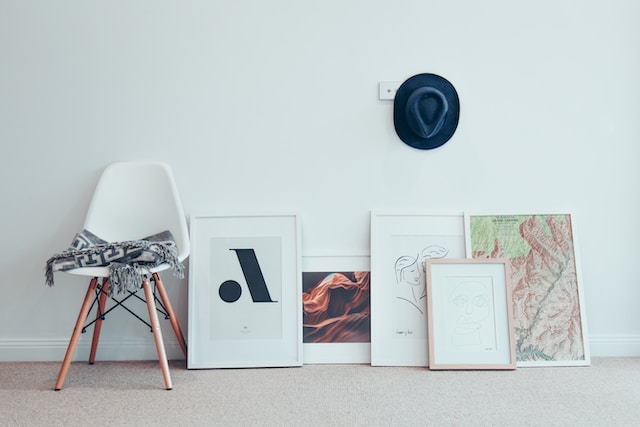
Embracing Diversity in Art
- Contrasting Styles: Pair a classic oil painting with a modern abstract print to create a striking contrast that draws the eye.
- Different Mediums: Integrate sculptures, photographs, and even textiles with your paintings. This diverse mix can add texture and dimension to your decor.
- Theme Integration: Look for recurring themes or colours across different art forms. A unifying element—such as a dominant hue or shared subject matter—can help disparate pieces feel connected.
Practical Tips for an Eclectic Display
- Start with a Focal Point: Choose one statement piece to anchor your display and build around it with complementary pieces.
- Vary the Scale: Combine large canvases with smaller works to create visual rhythm and interest.
- Experiment with Layouts: Avoid unconventional arrangements, such as asymmetrical groupings or overlapping frames to add depth and intrigue.
Pro Tip: When mixing styles, leave enough breathing room between pieces so each artwork stands out while contributing to the overall narrative.
7. Test Your Art Selection
Before committing to a piece, visualise how it will interact with your furniture and decor. Testing your art selection can save you time and prevent costly mistakes.
Visualisation Techniques
- Mock-Ups: Use painter’s tape to outline the dimensions of your potential artwork on your wall. This simple trick can help you gauge scale and placement.
- Augmented Reality (AR) Apps: Many AR apps allow you to superimpose artwork onto your walls. These tools show how a painting’s colour, size, and style work with your current decor.
- Temporary Displays: Borrow or temporarily hang a similar piece to see how it feels in your space. This real-world test can be invaluable.
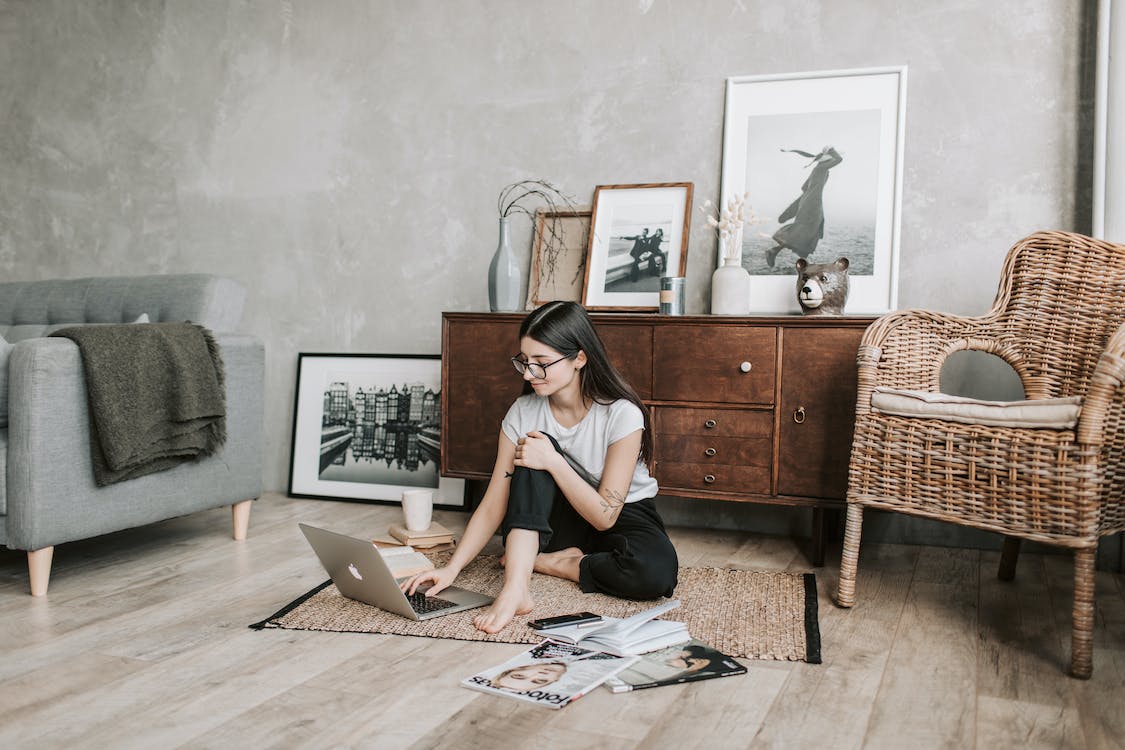
Benefits of Testing
- Avoiding Buyer’s Remorse: Seeing how an artwork fits in your space can help you make the right choice.
- Fine-Tuning Placement: Experiment with different locations and heights to find the most flattering arrangement.
- Confidence in Your Decision: Once you’ve tested a piece, you’ll be more confident it will enhance your space.
8. Frame Your Masterpiece
The frame is not just an accessory—it’s an integral part of the overall look. A well-chosen frame can elevate the artwork and tie it in with furniture and decor.
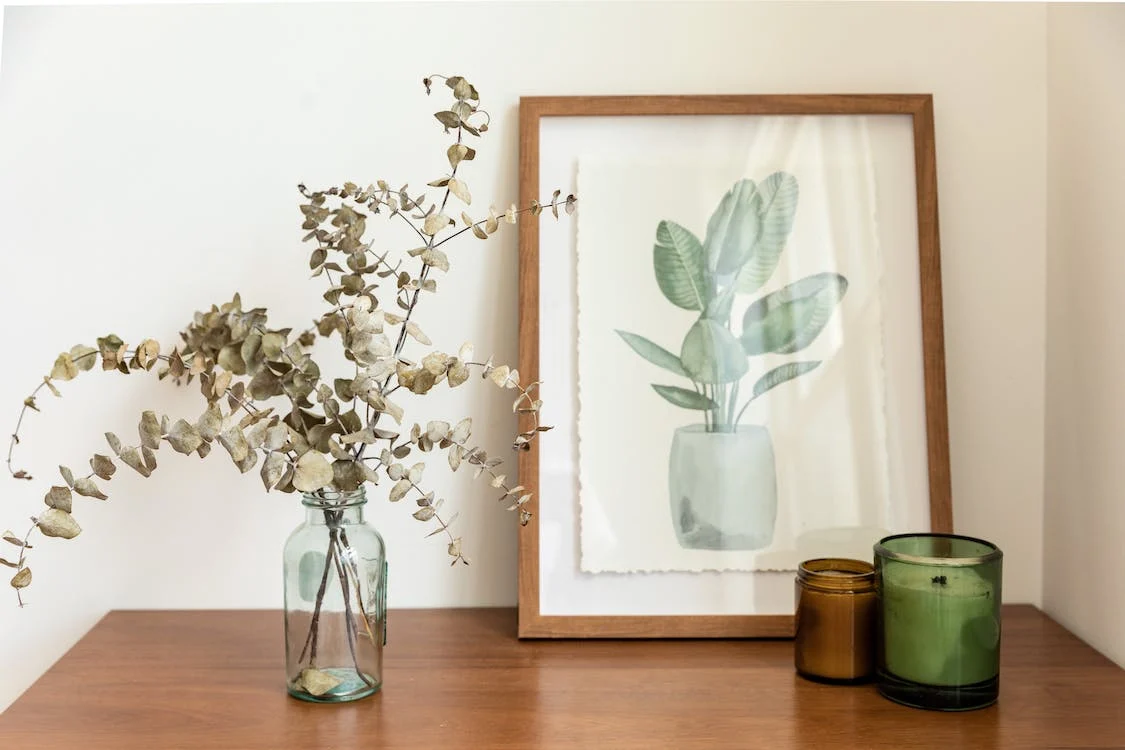
Choosing the Right Frame
- Style Matters: The frame should match the artwork’s style and the surrounding decor. A sleek, minimalist frame works best for modern pieces. For classic or ornate paintings, consider more detailed vintage frames.
- Colour Coordination: Choose a frame colour that either matches the artwork or complements the room’s colour scheme. Neutral tones often work well, but don’t avoid bold frames if they enhance the piece.
- Material Considerations: Wood, metal, and composite materials offer different textures and finishes. Choose a material that complements your space’s furnishings.
Enhancing with Framing
- Matting: Adding a mat can provide additional contrast and make the artwork “pop.” Matting also gives the piece a finished look and can bridge the gap between the art and the frame.
- Consistent Framing: Using similar frames or colour palettes can unify a diverse collection if you’re creating a gallery wall.
Conclusion
Pairing artwork with your furniture is a rewarding journey beyond simple decoration. It is about curating a space that reflects your taste, personality, and lifestyle. By paying attention to colour, style, proportion, and personal resonance, and by following our detailed tips for artwork and furniture pairing, you can create a living space that is both functional and a work of art.
The process might require some experimentation—testing placements, mixing and matching styles, and even rotating your collection over time—but the result is a home that feels uniquely yours. Remember, great design is not rigidly following rules; it’s about creating balance and harmony that speak to your heart.
Thank you for reading our comprehensive guide. We hope these insights and actionable tips empower you to create a space you love coming home, where every painting, piece of furniture, and decorative element works together in beautiful harmony.
FAQs
Consider the colour scheme, style alignment, proportion and scale, the mood you want to set, and your connection to the art. Using these tips for artwork and furniture pairing ensures that the art enhances rather than clashes with your decor.
A general guideline is that the painting’s width should be about two-thirds the width of the furniture it hangs above. Additionally, consider the overall wall space and the scale of the room. Use mock-ups or AR apps to visualise the fit before purchasing.
Yes! Mixing different styles can create a dynamic and eclectic look. To tie the pieces together, ensure a unifying element, such as a consistent colour palette or theme.
The frame is the finishing touch. It should complement both the artwork and your interior design. Choosing the right frame style, colour, and material can help unify the look.
Explore local galleries, art fairs, and online marketplaces. Websites like Saatchi Art or Etsy’s art section offer curated collections that may match your aesthetic. Always check reviews and return policies when shopping online.

